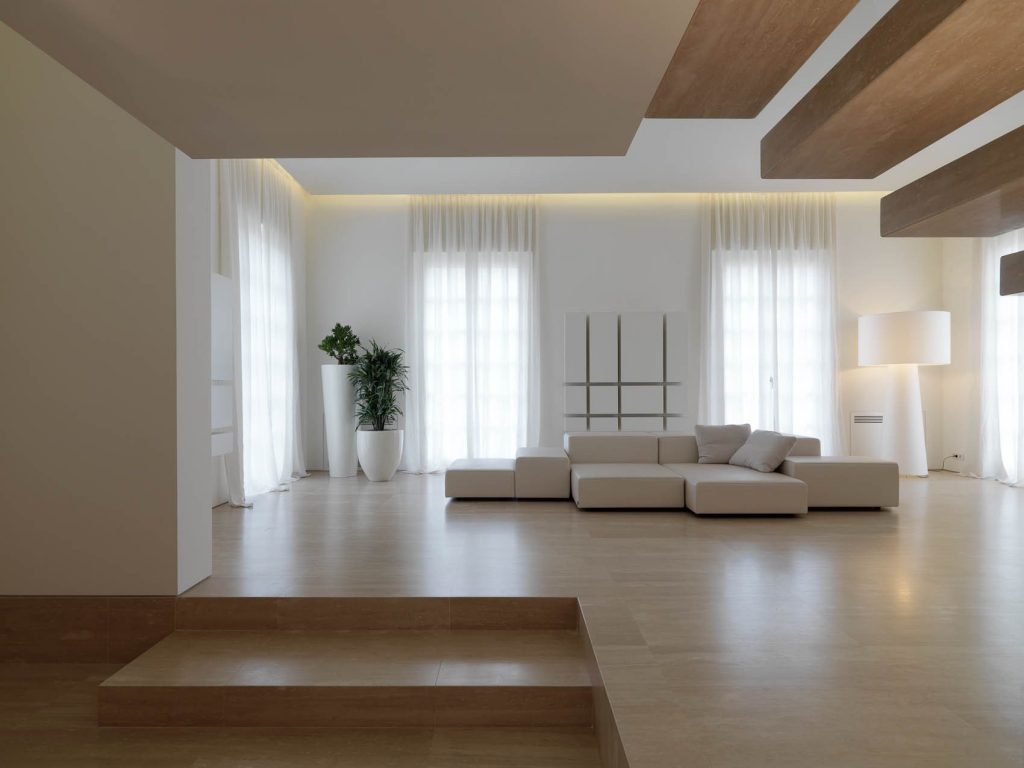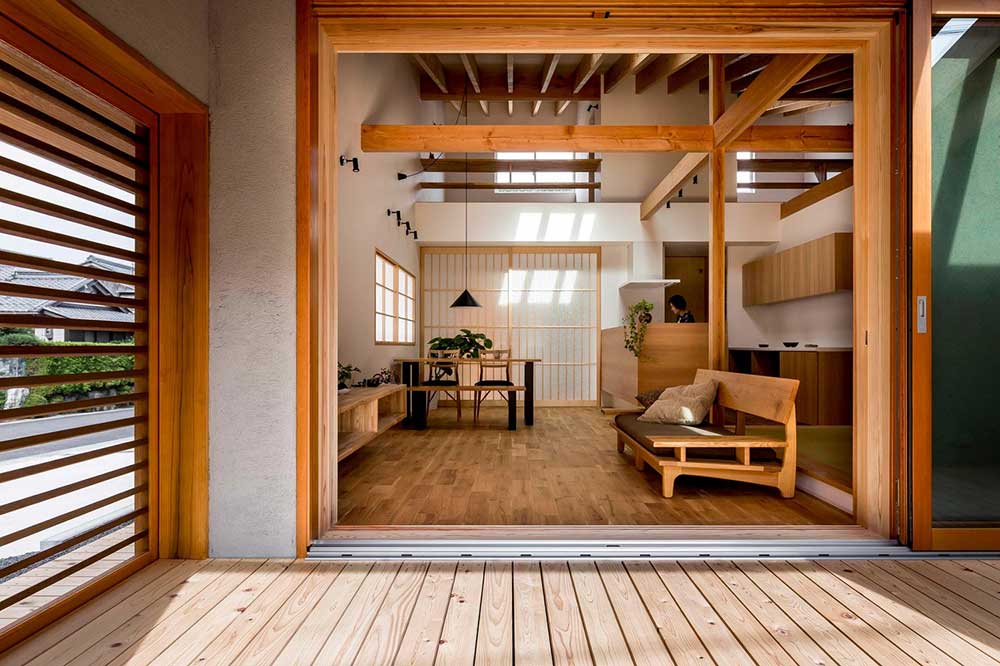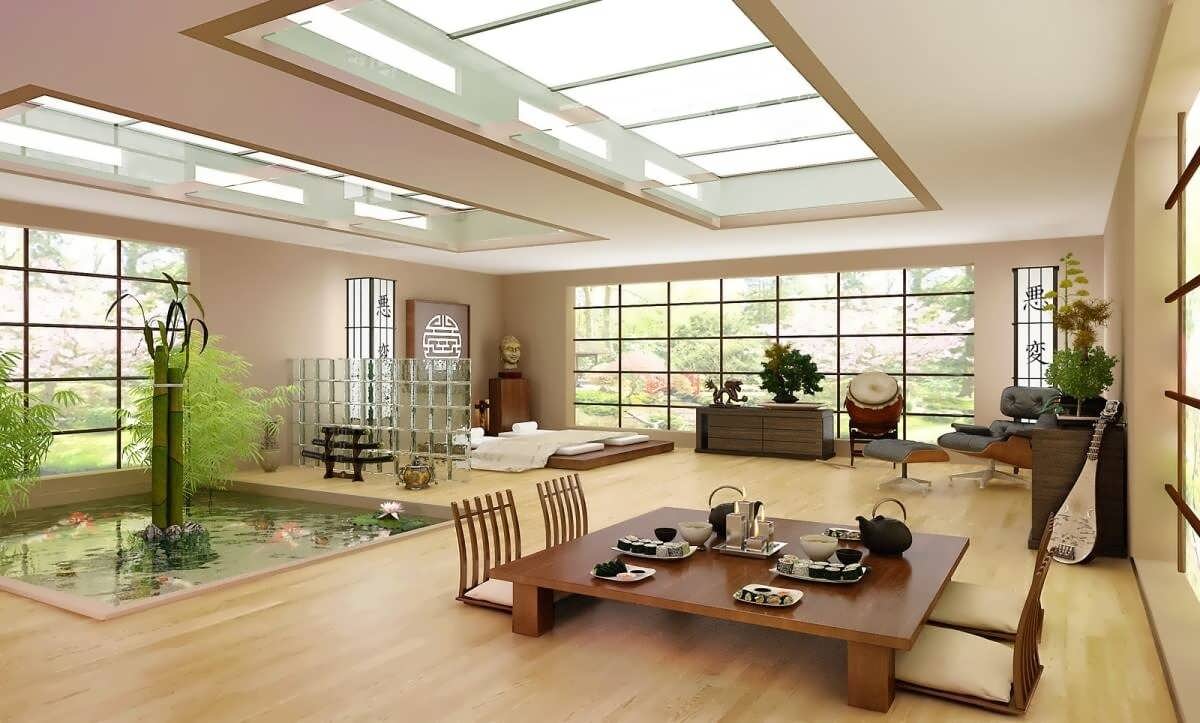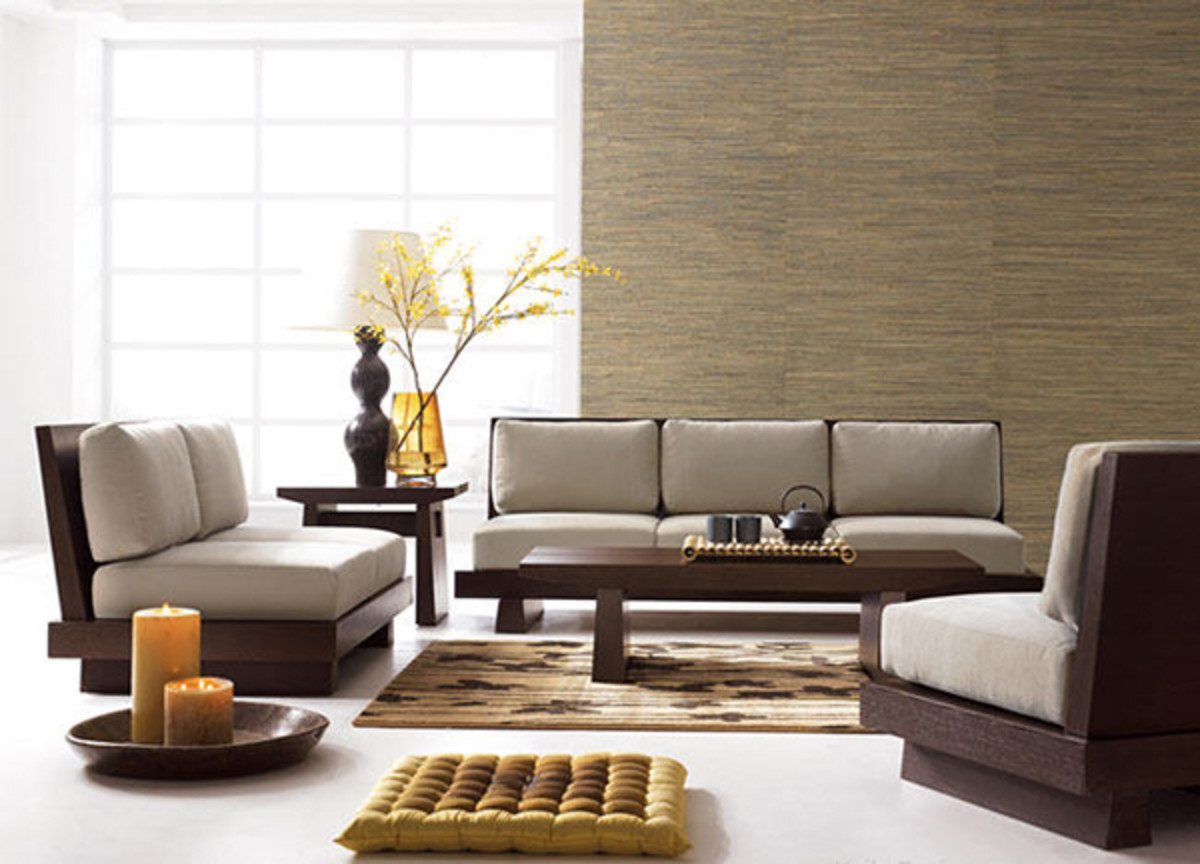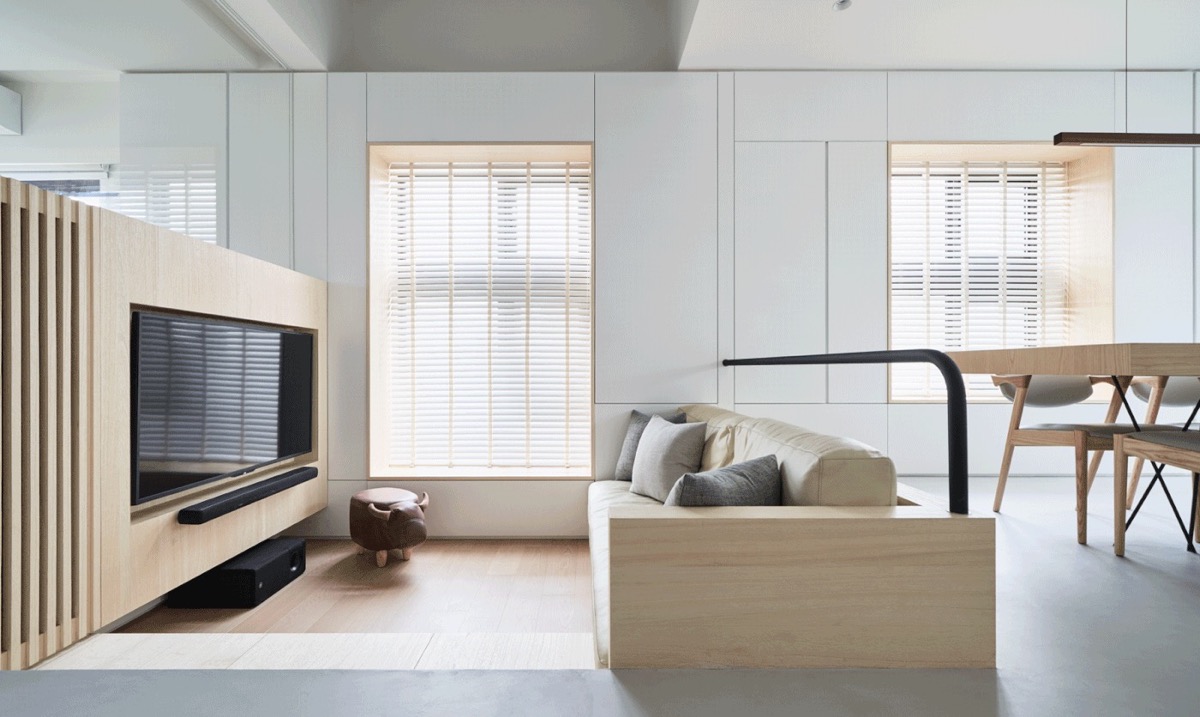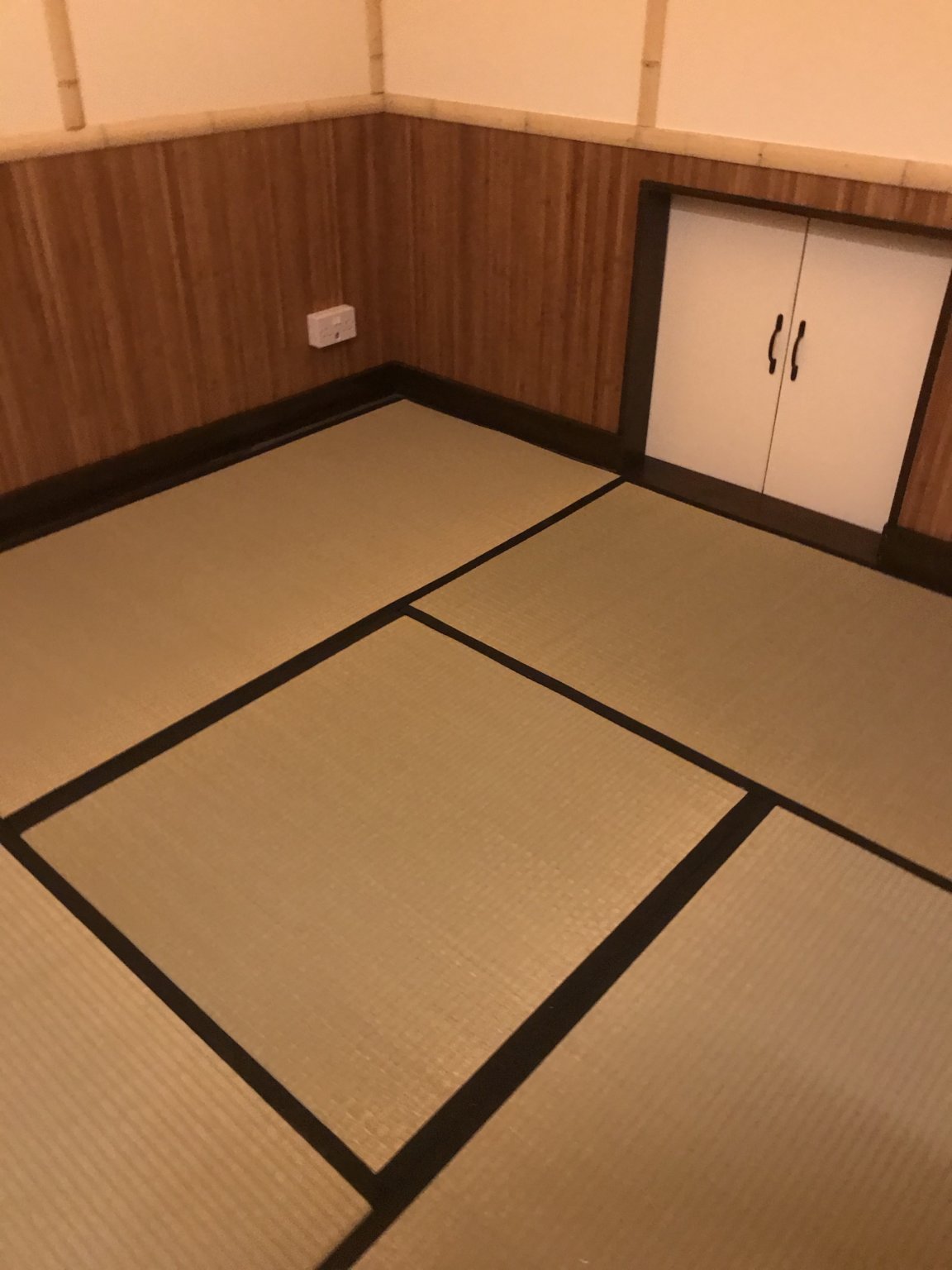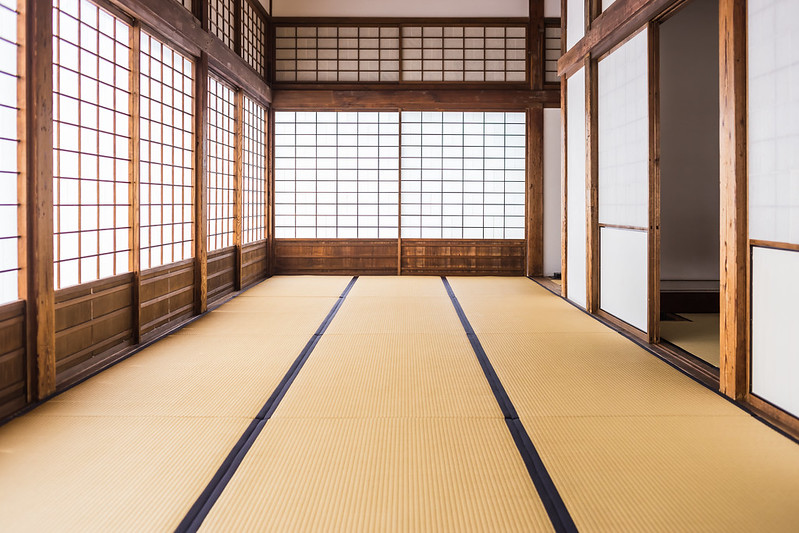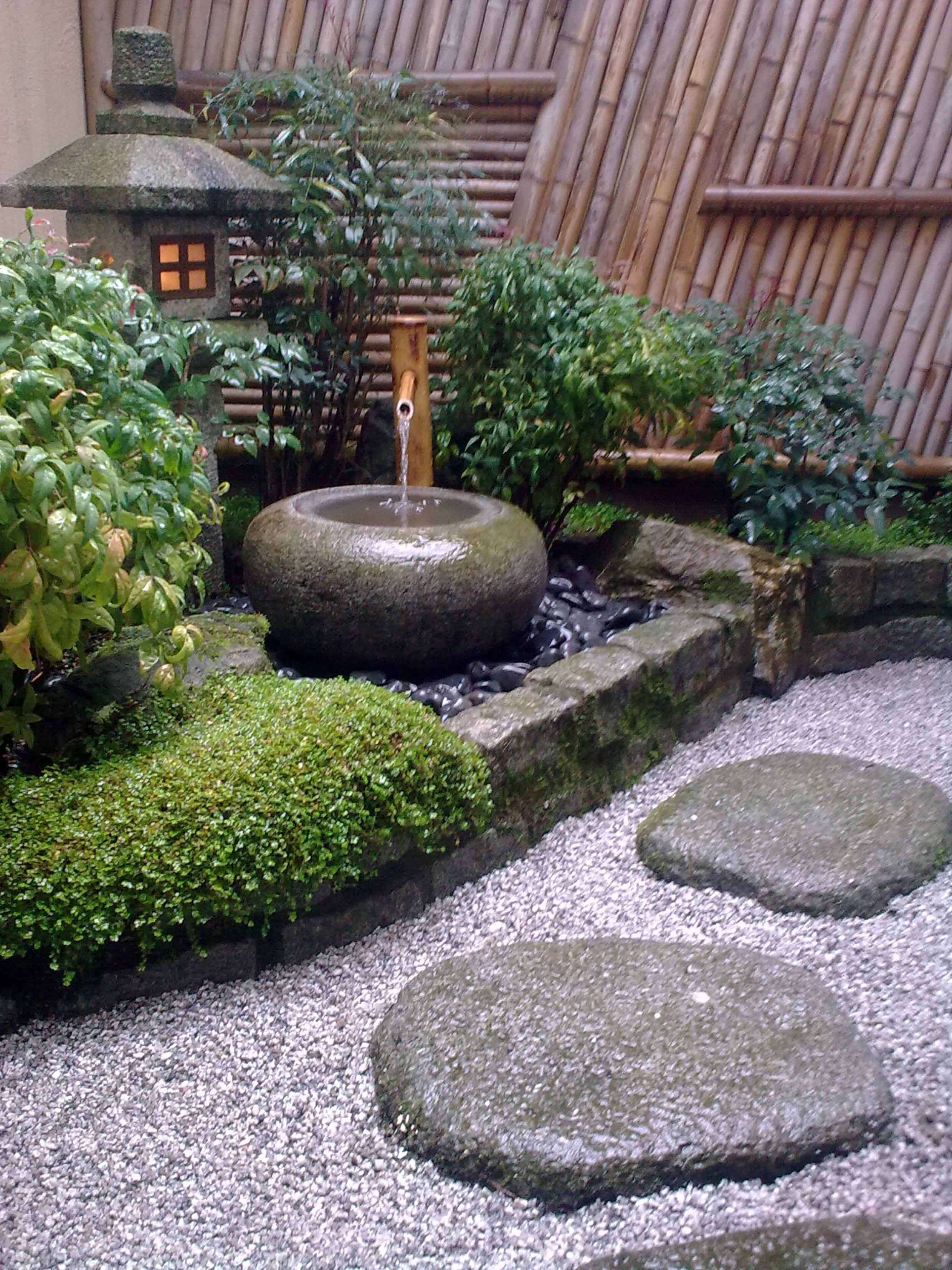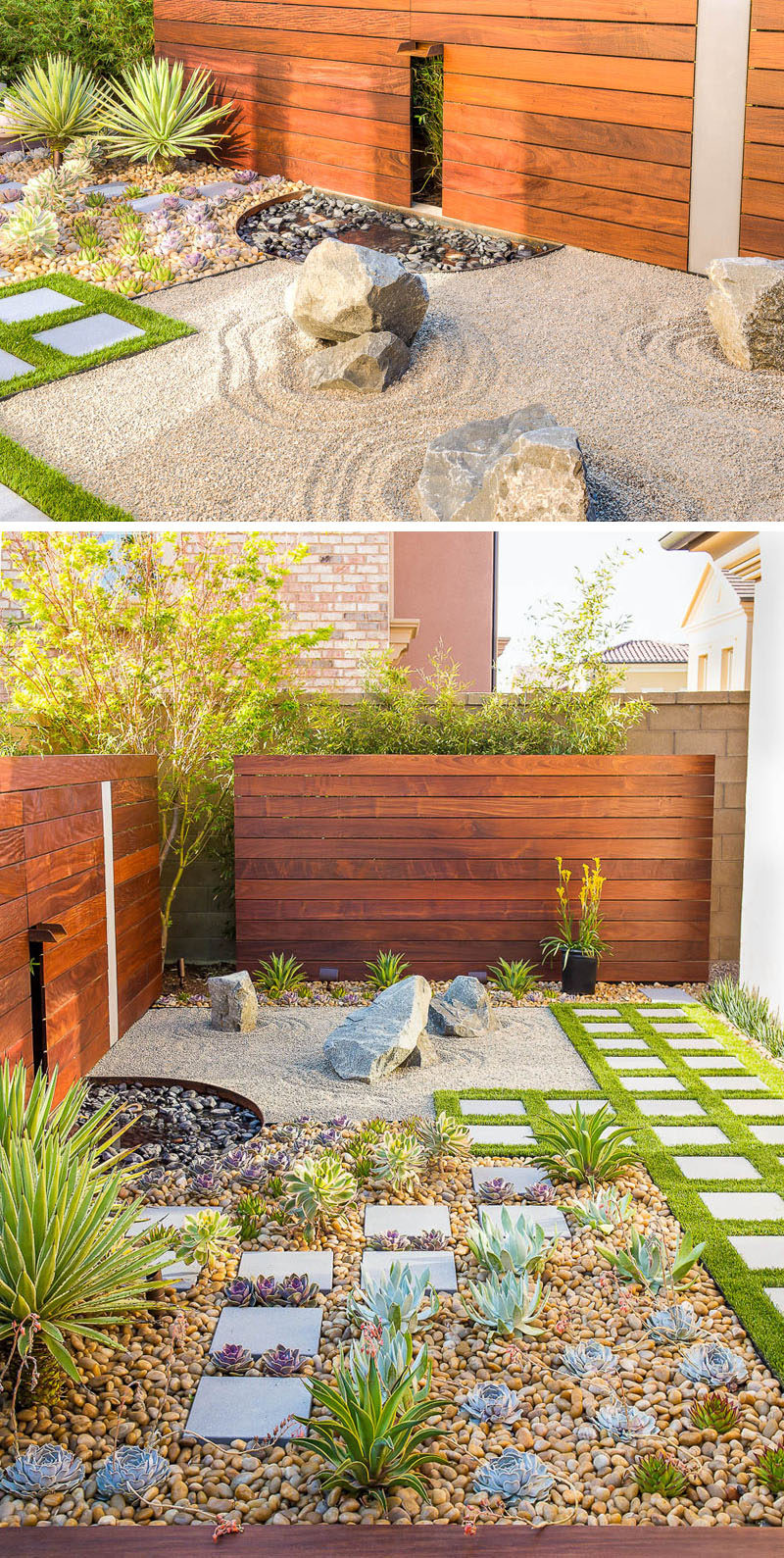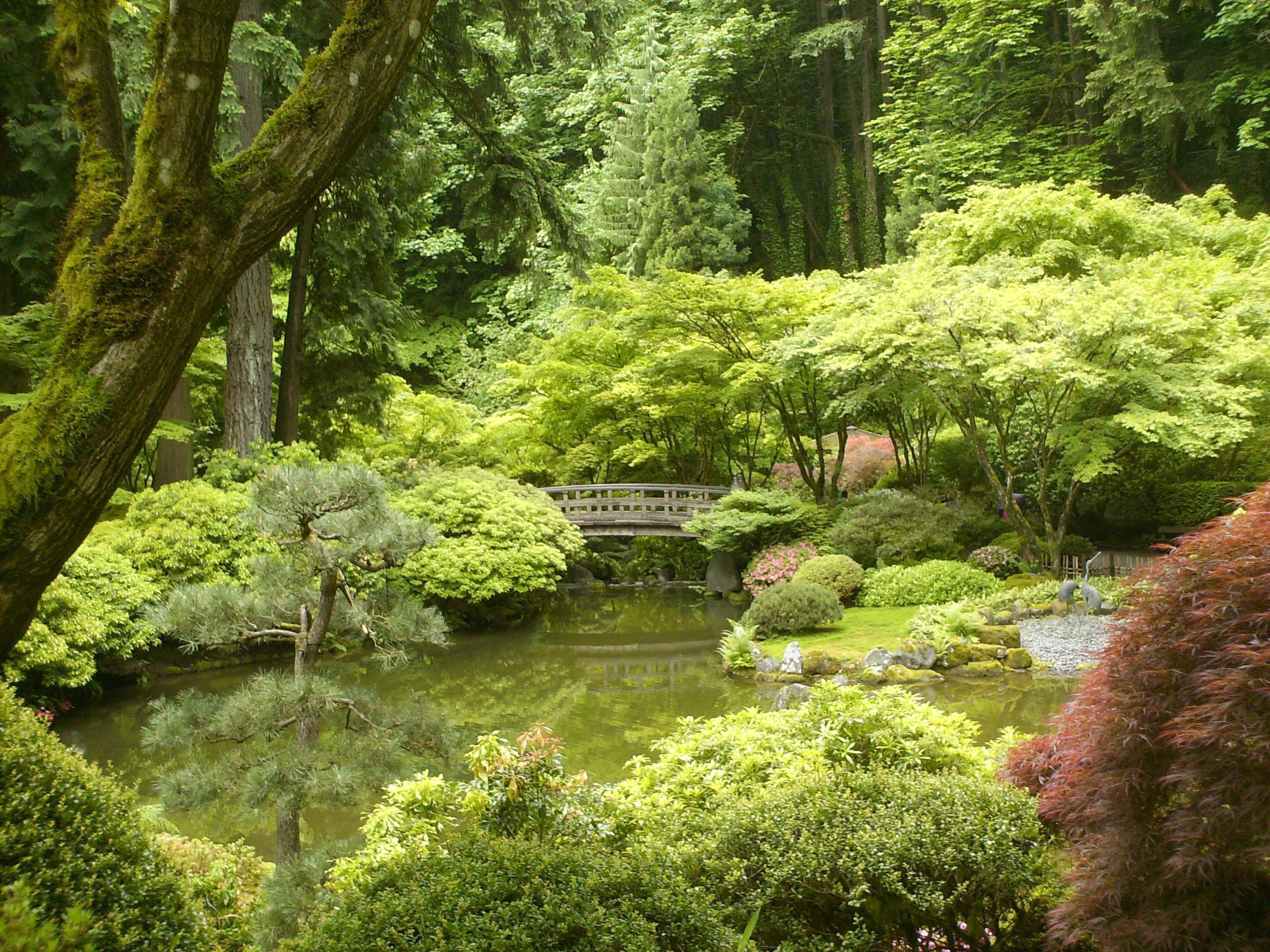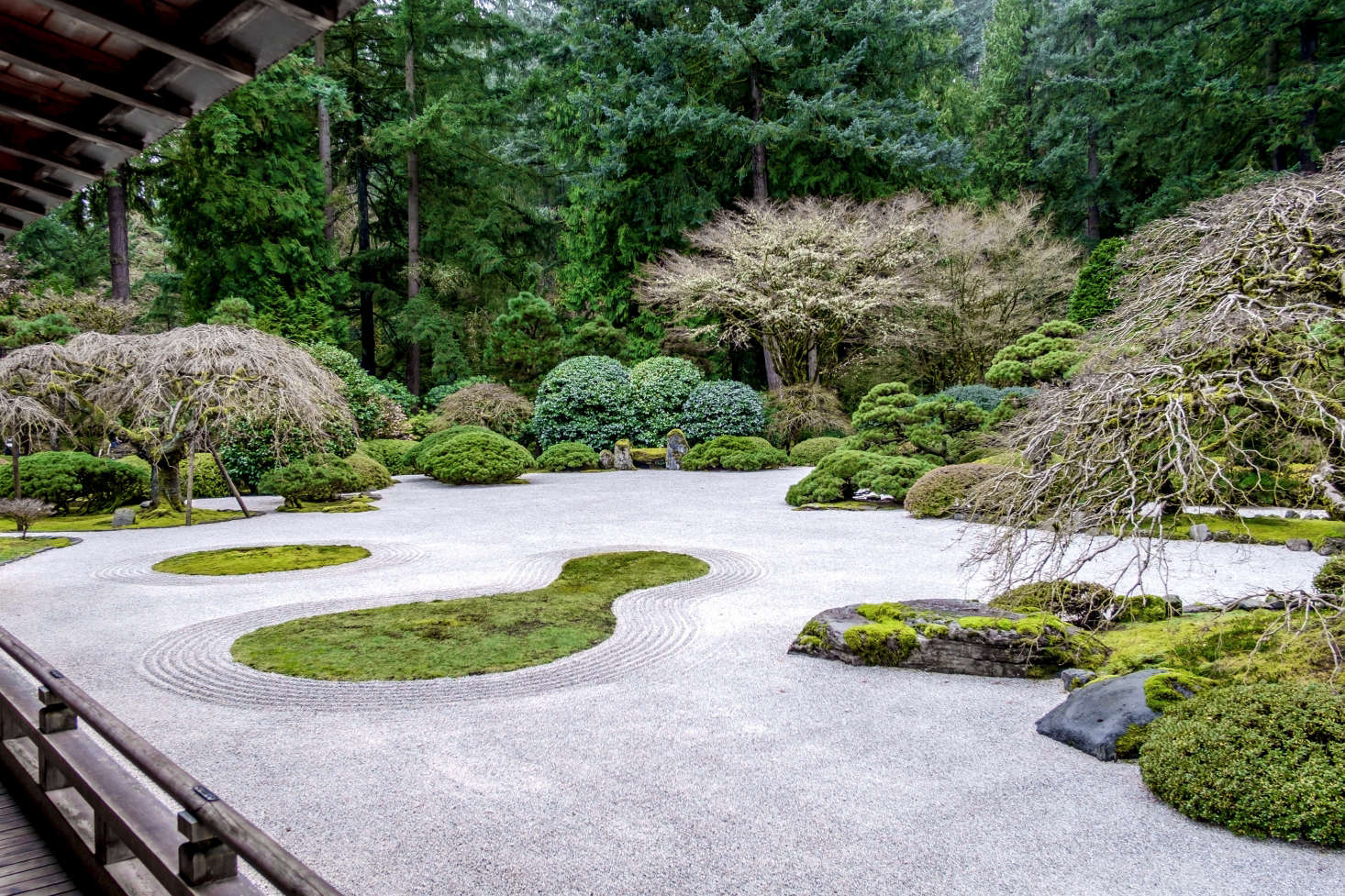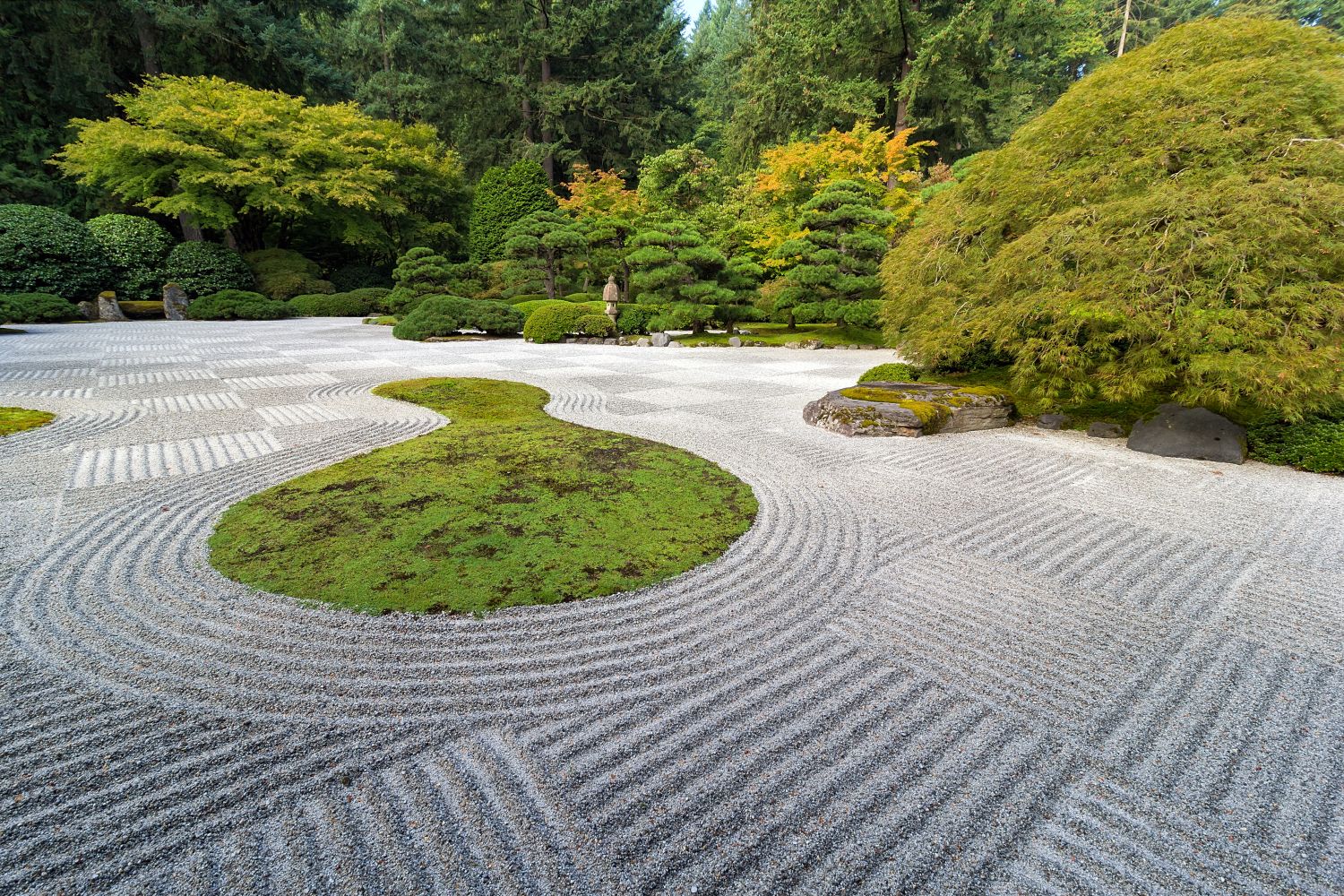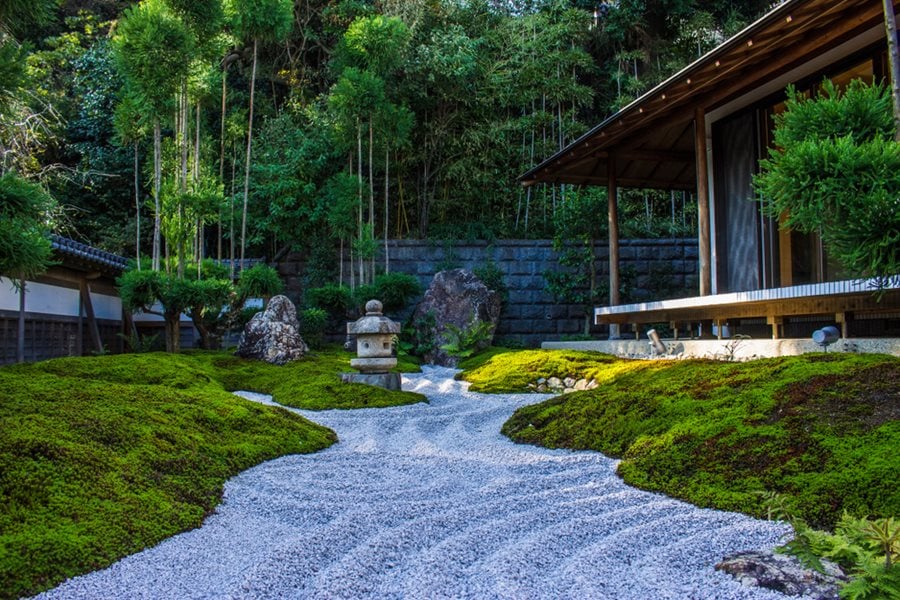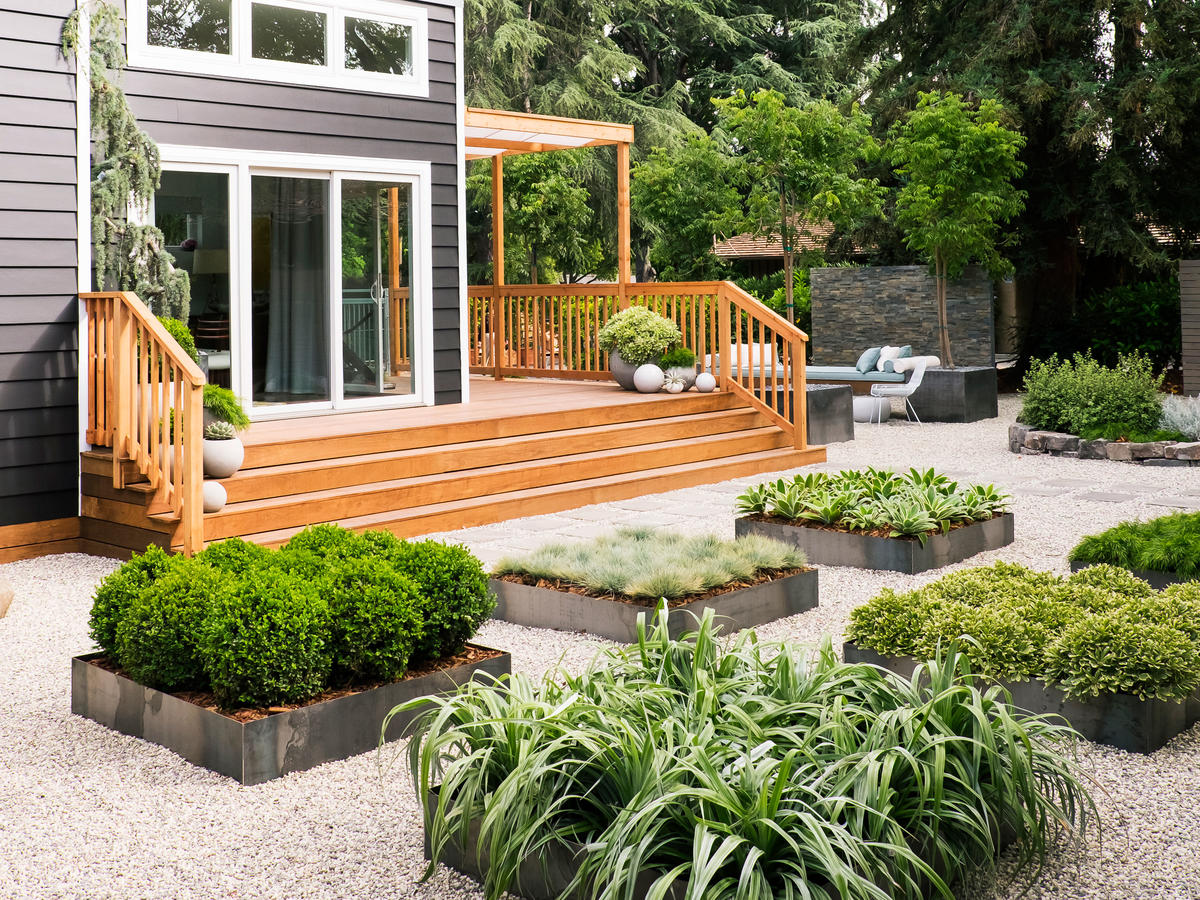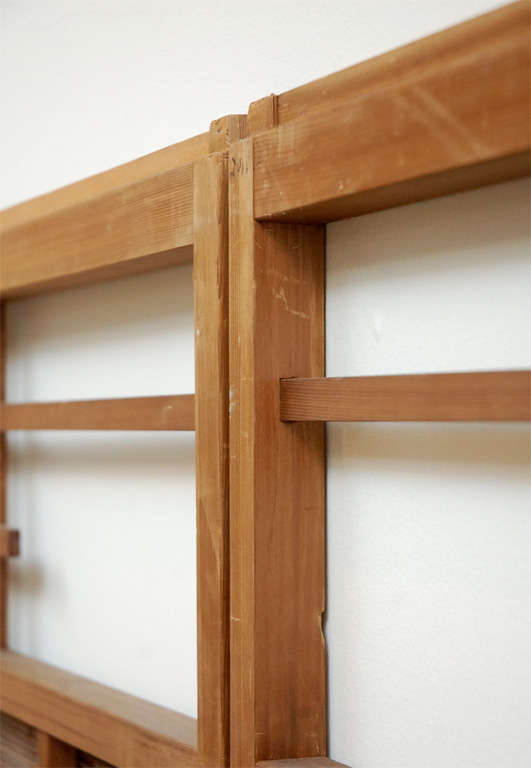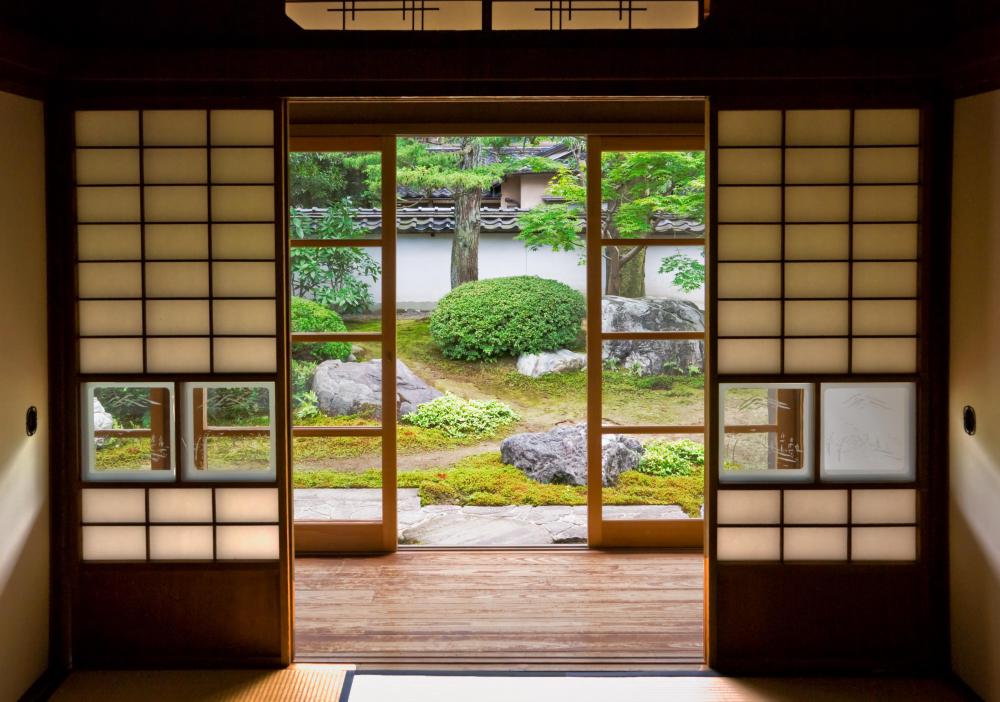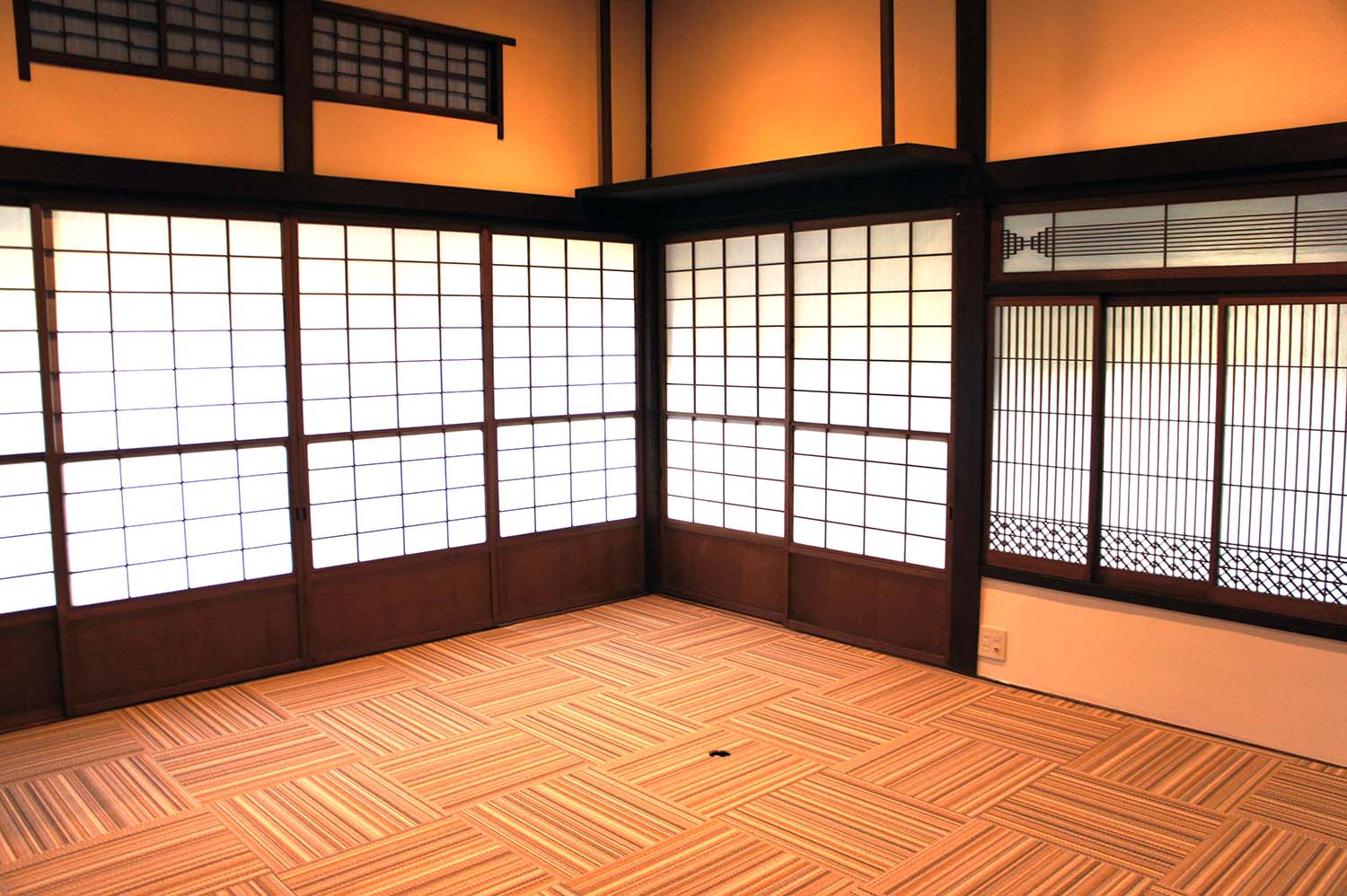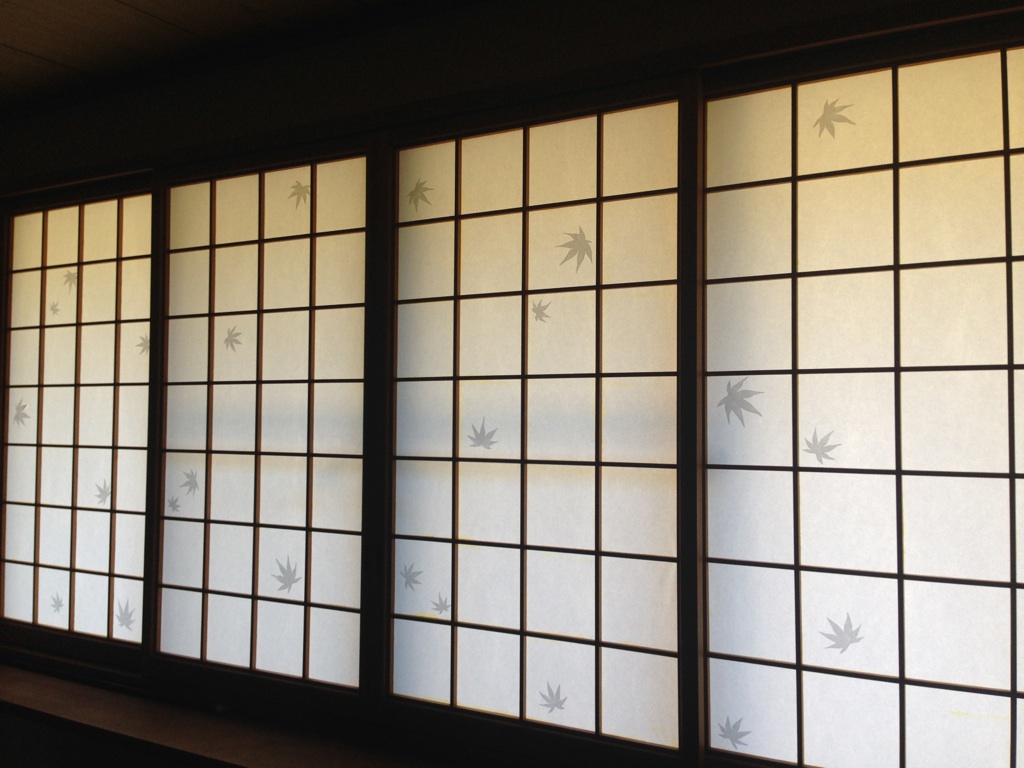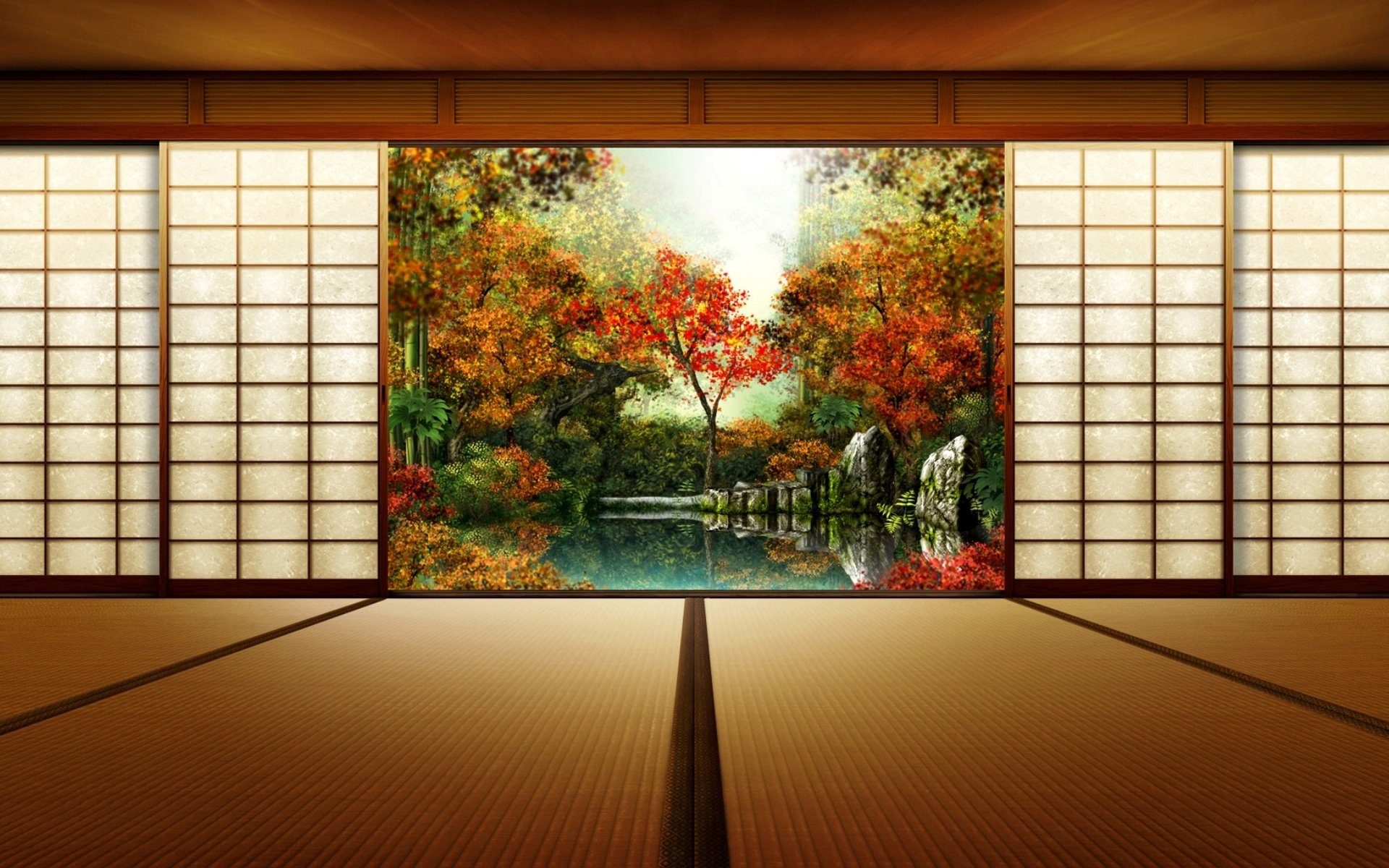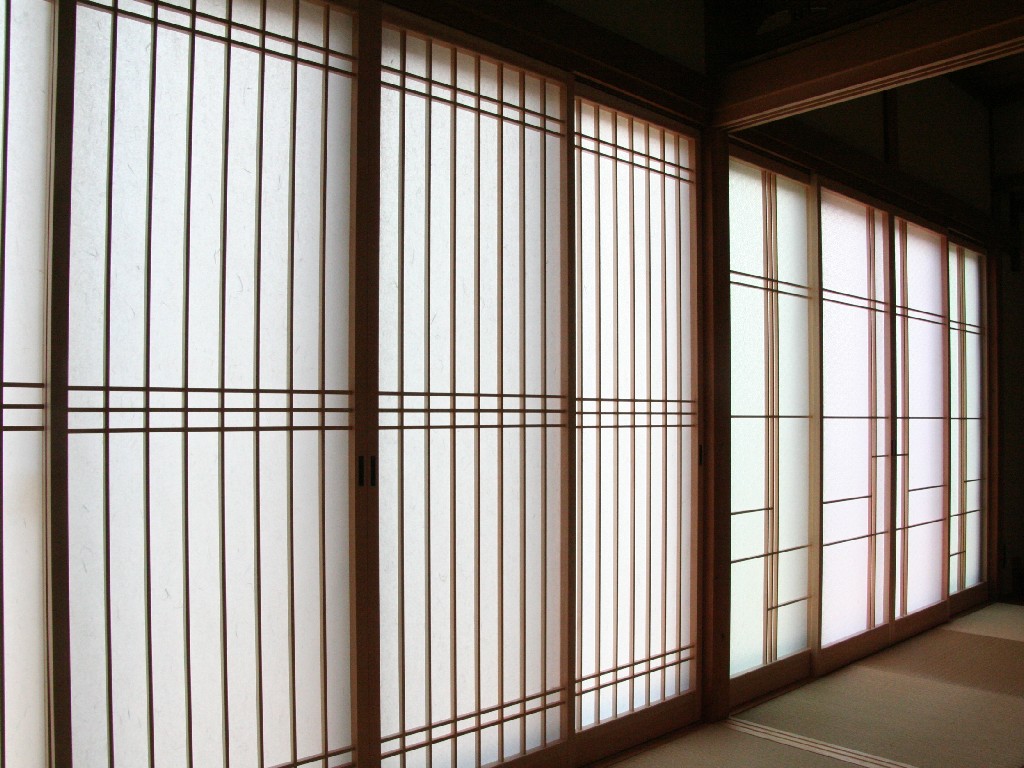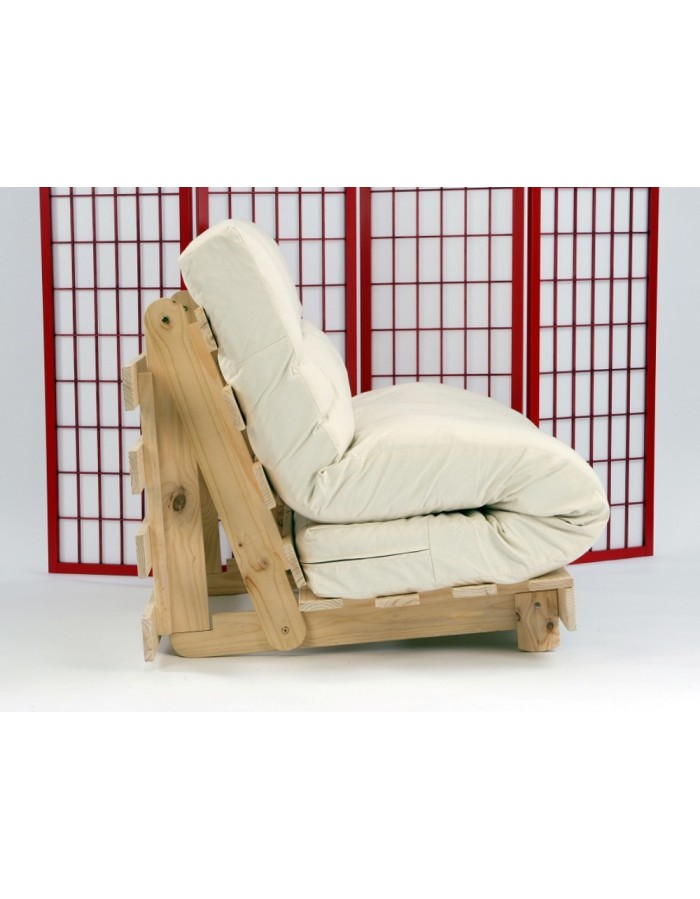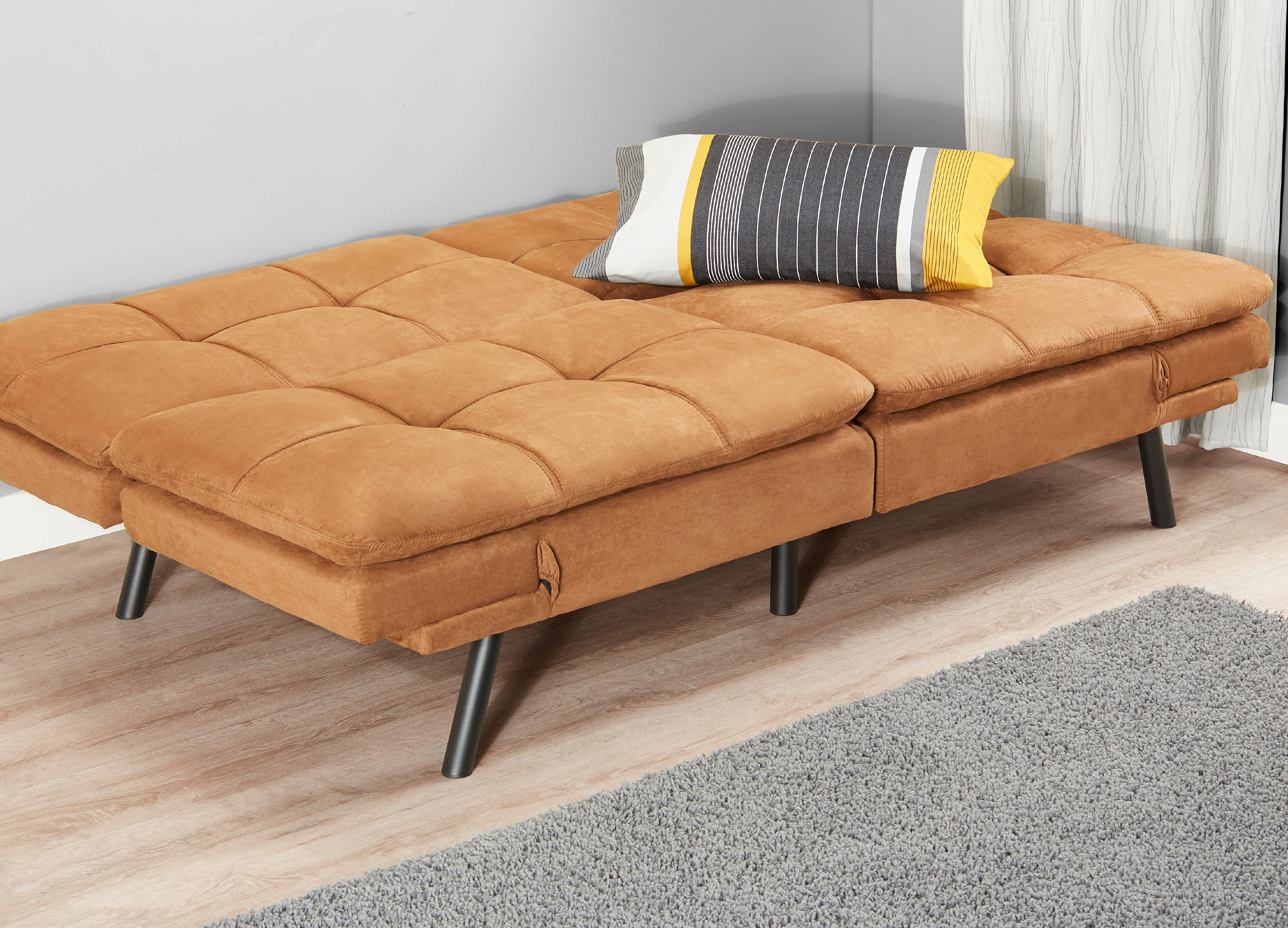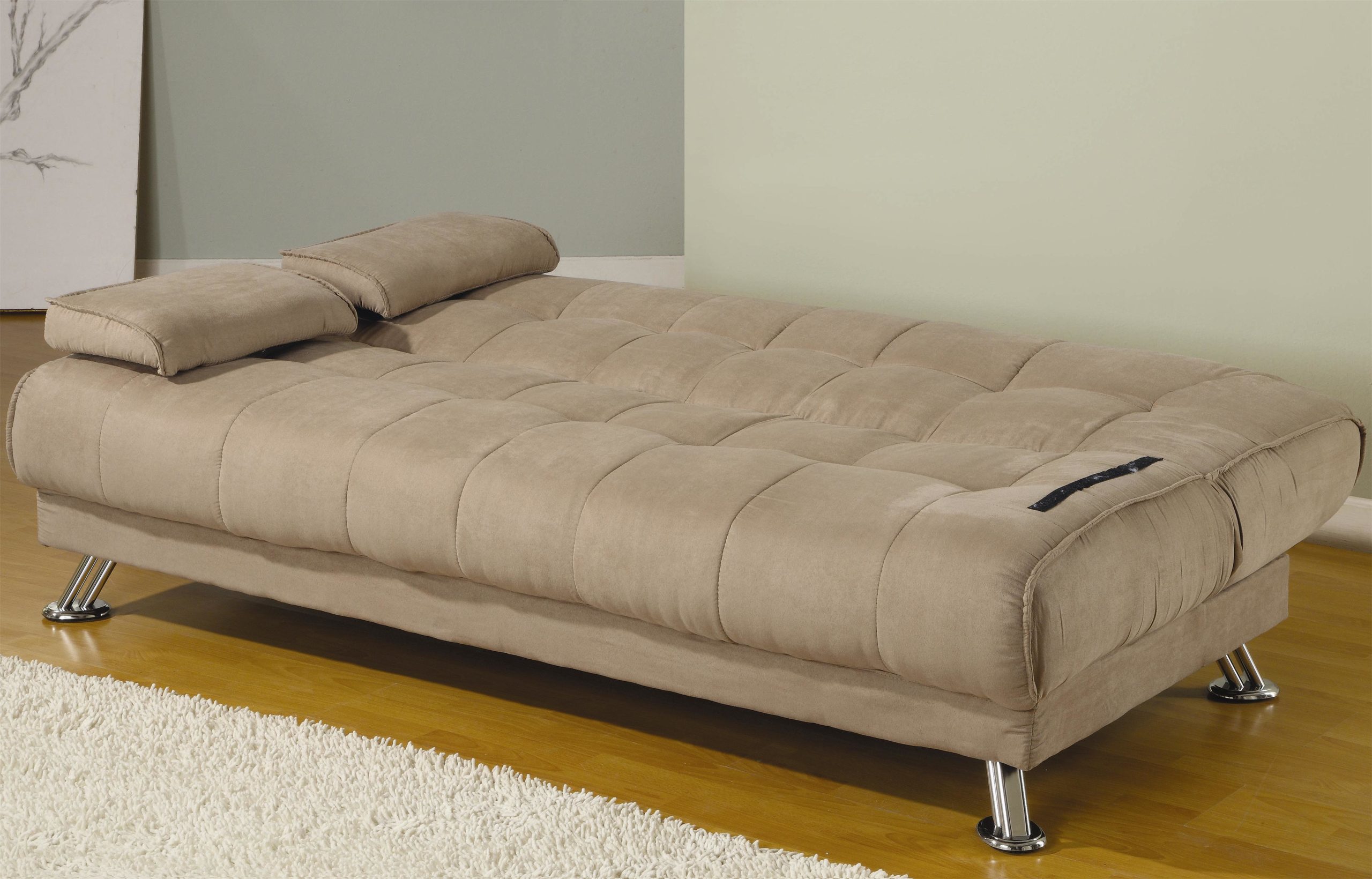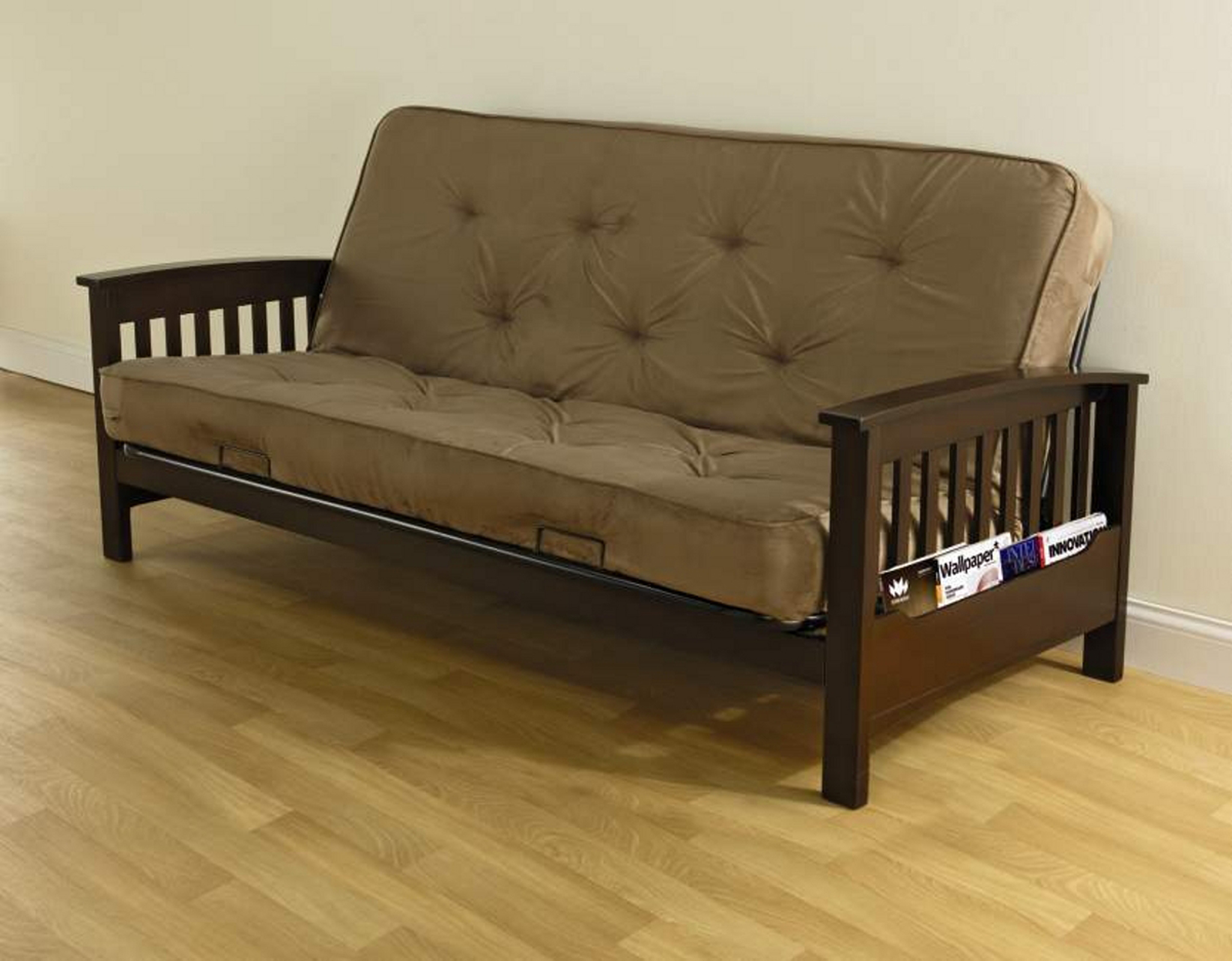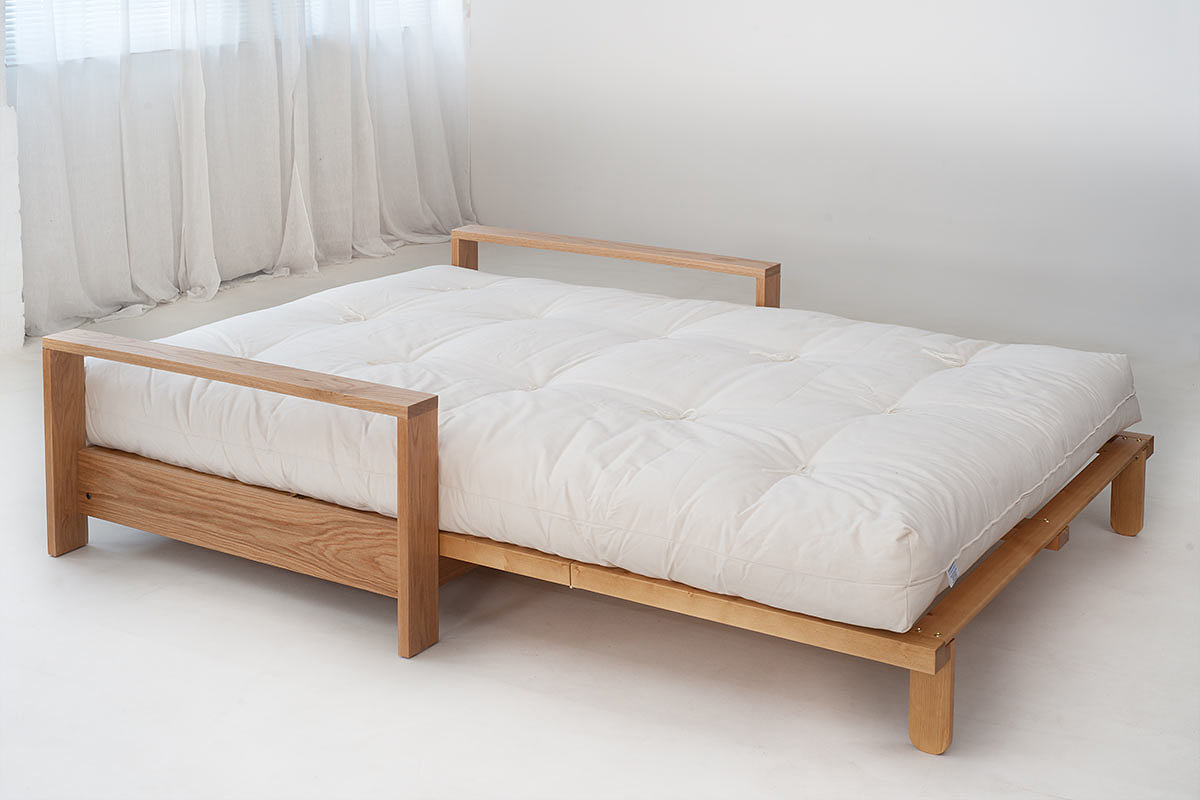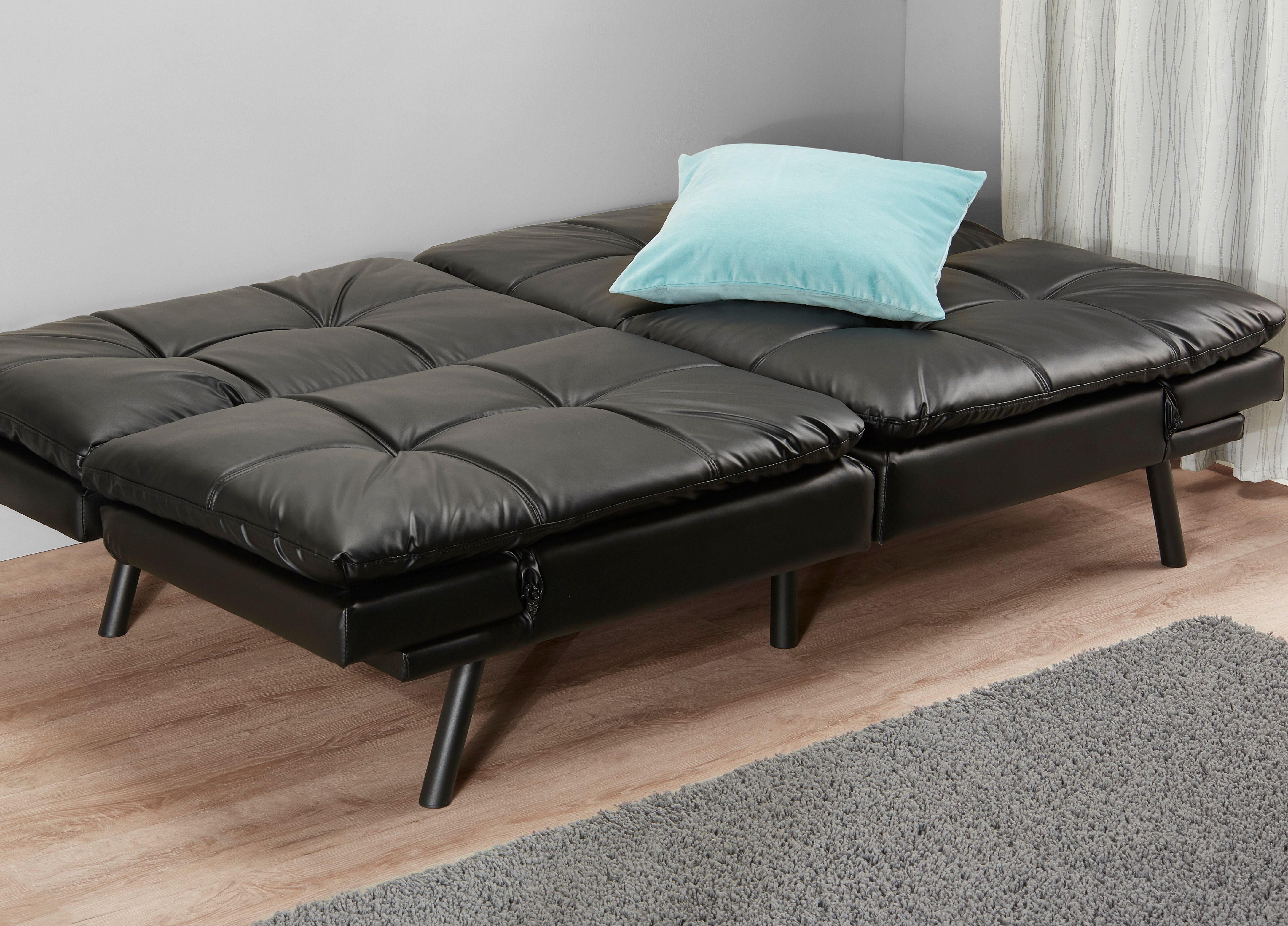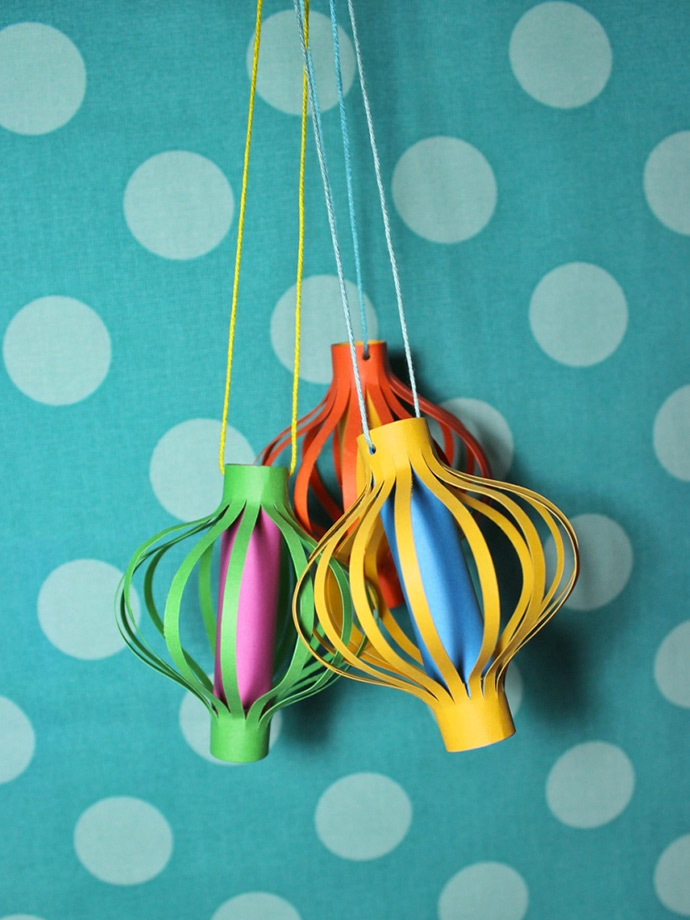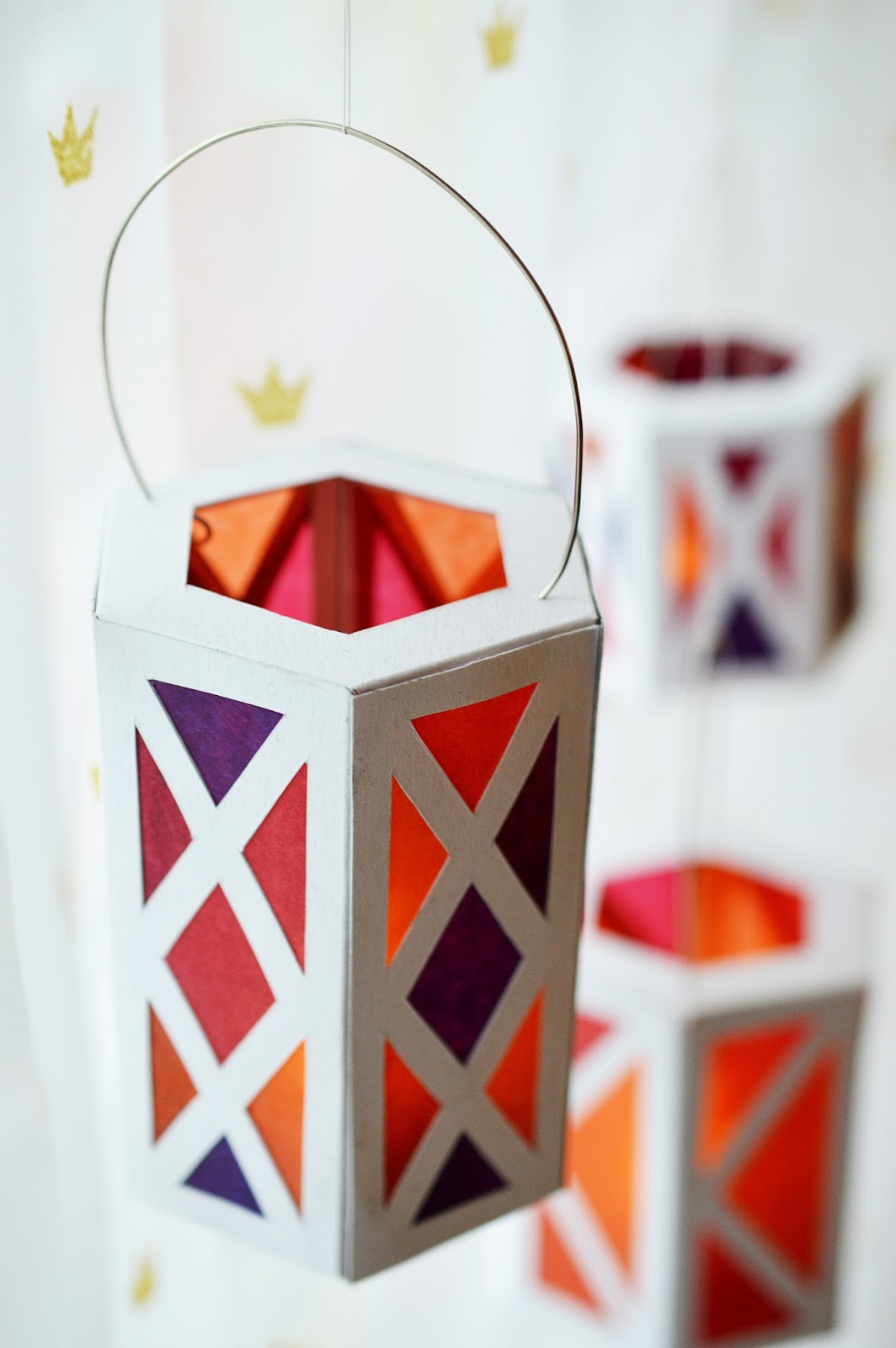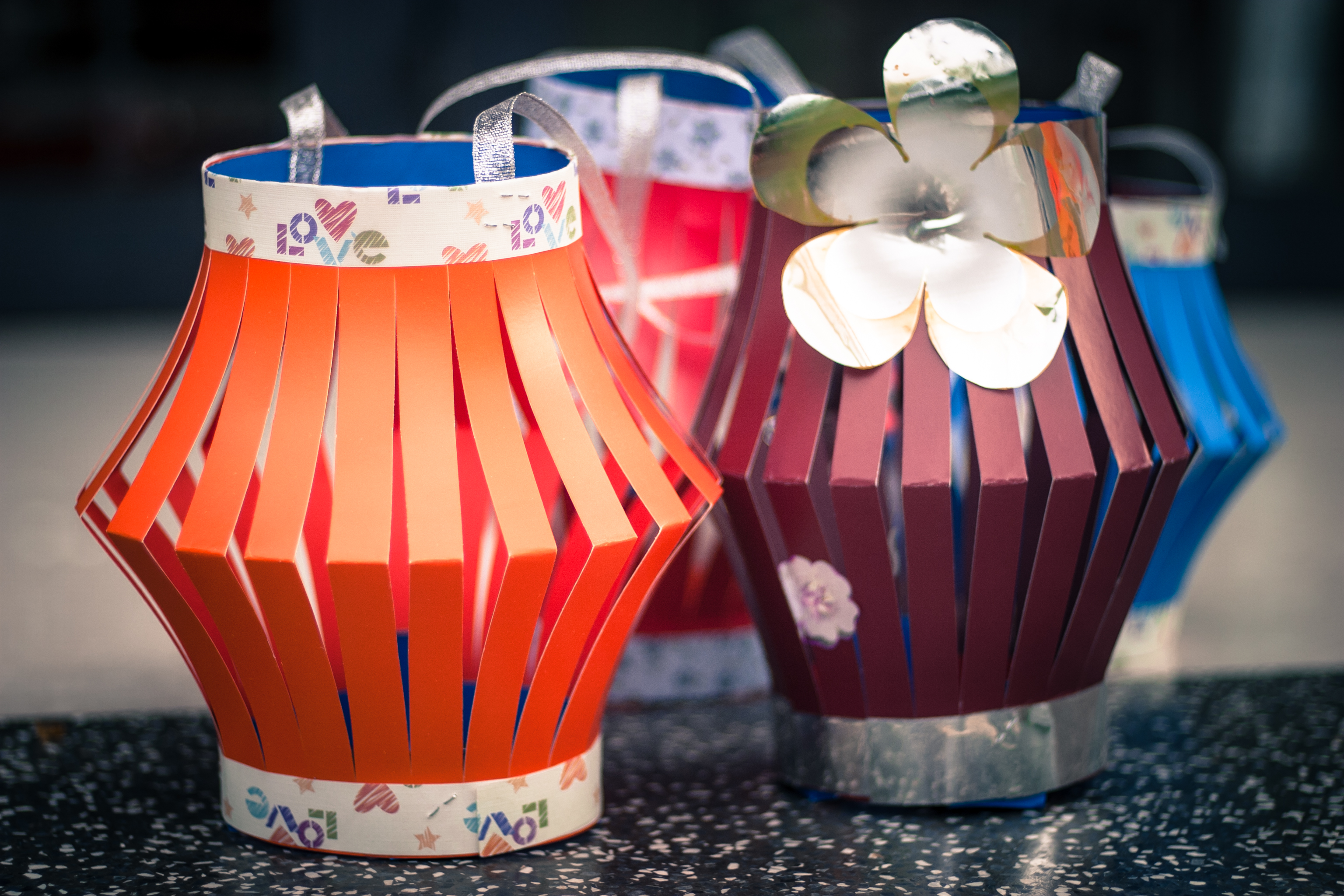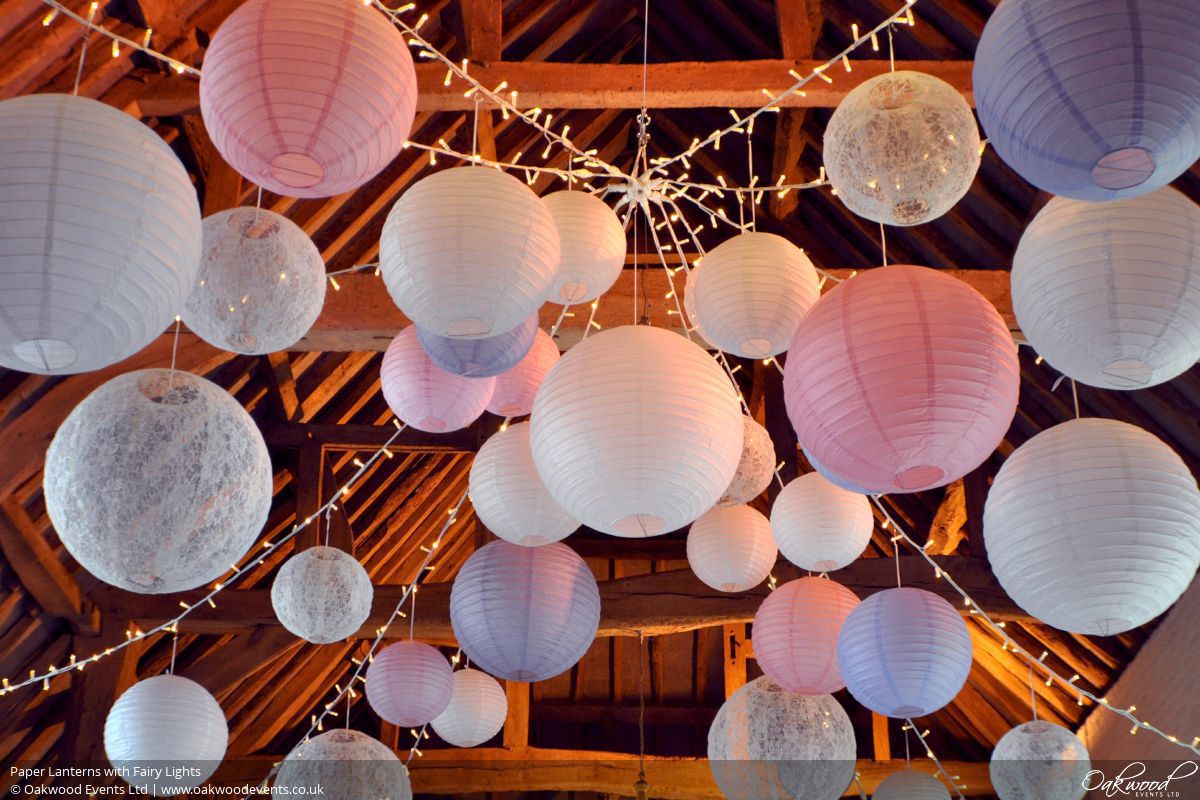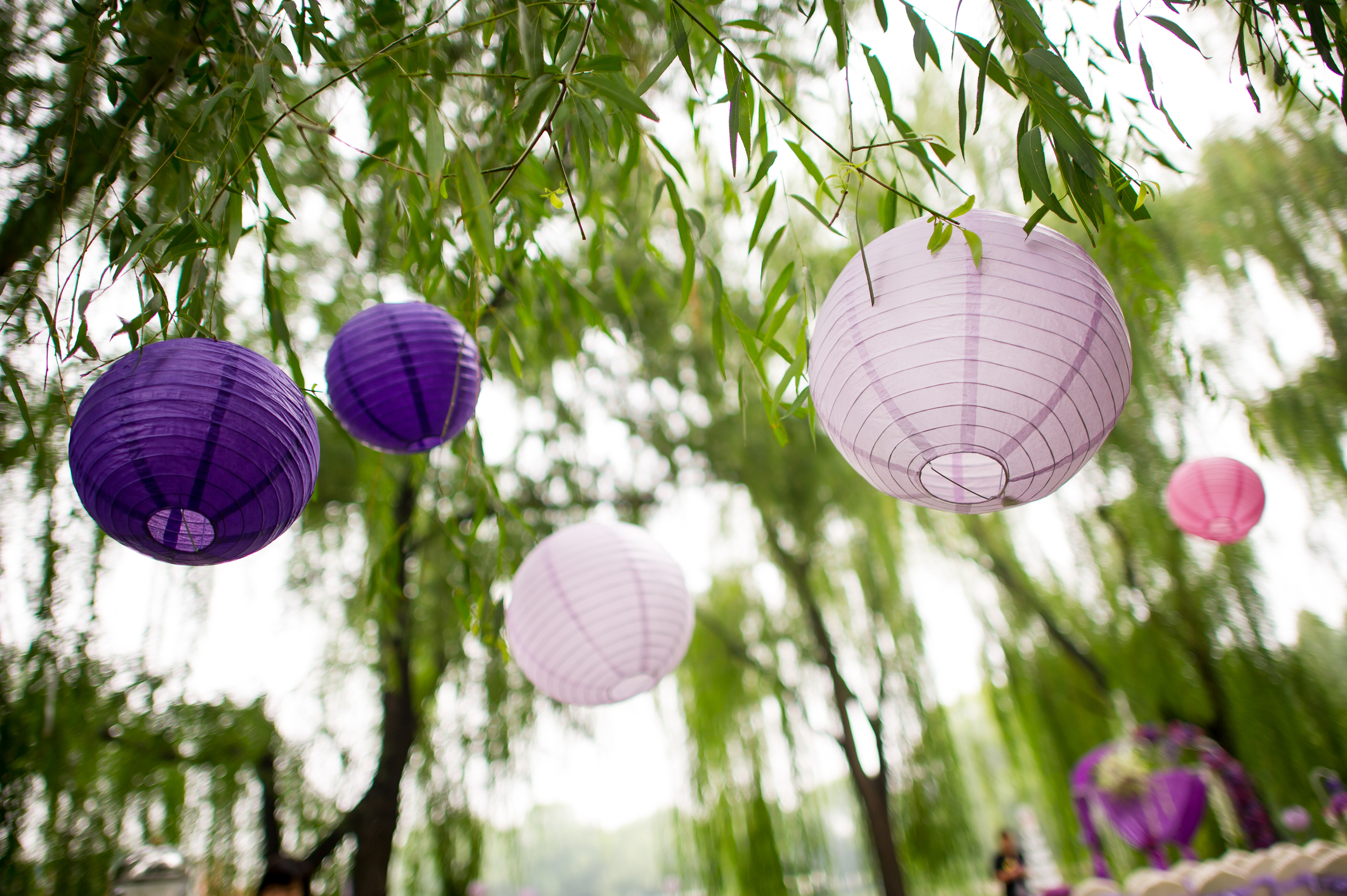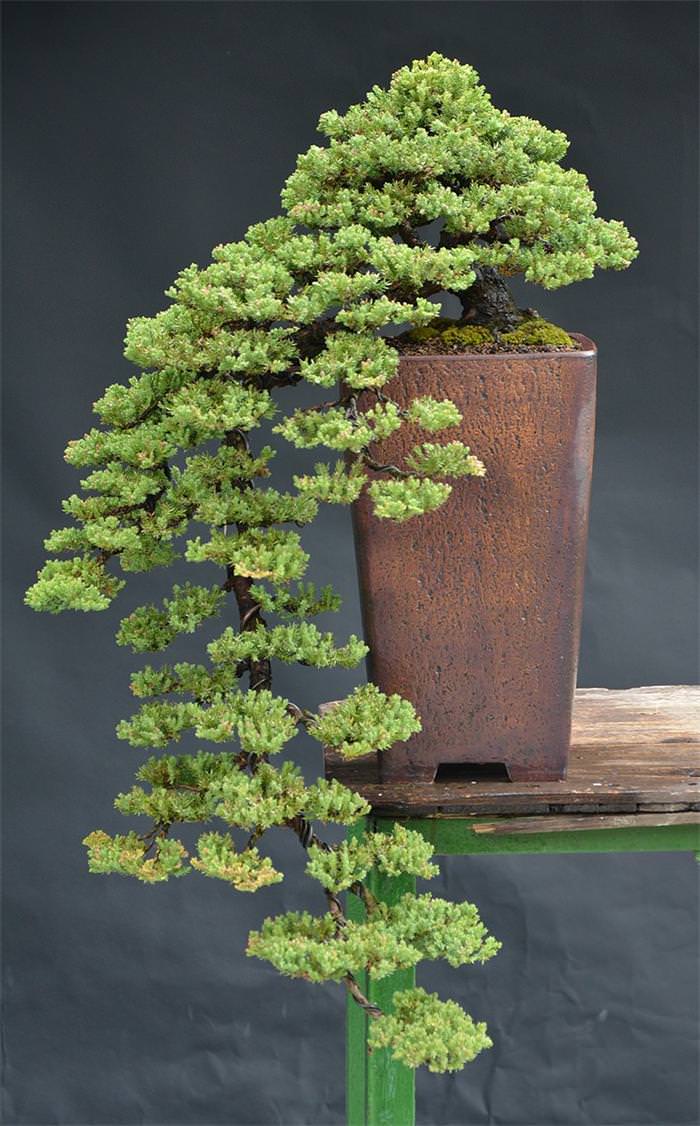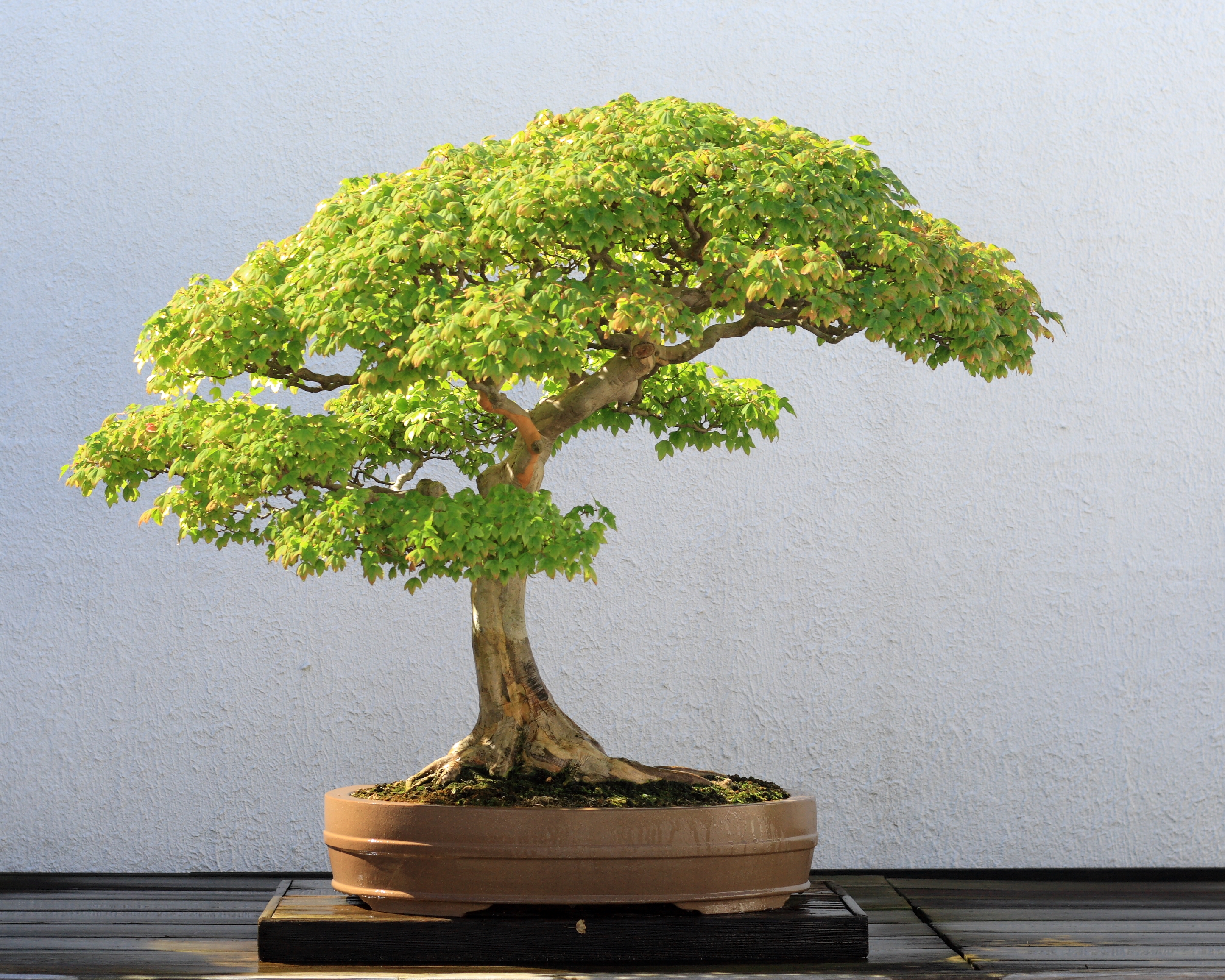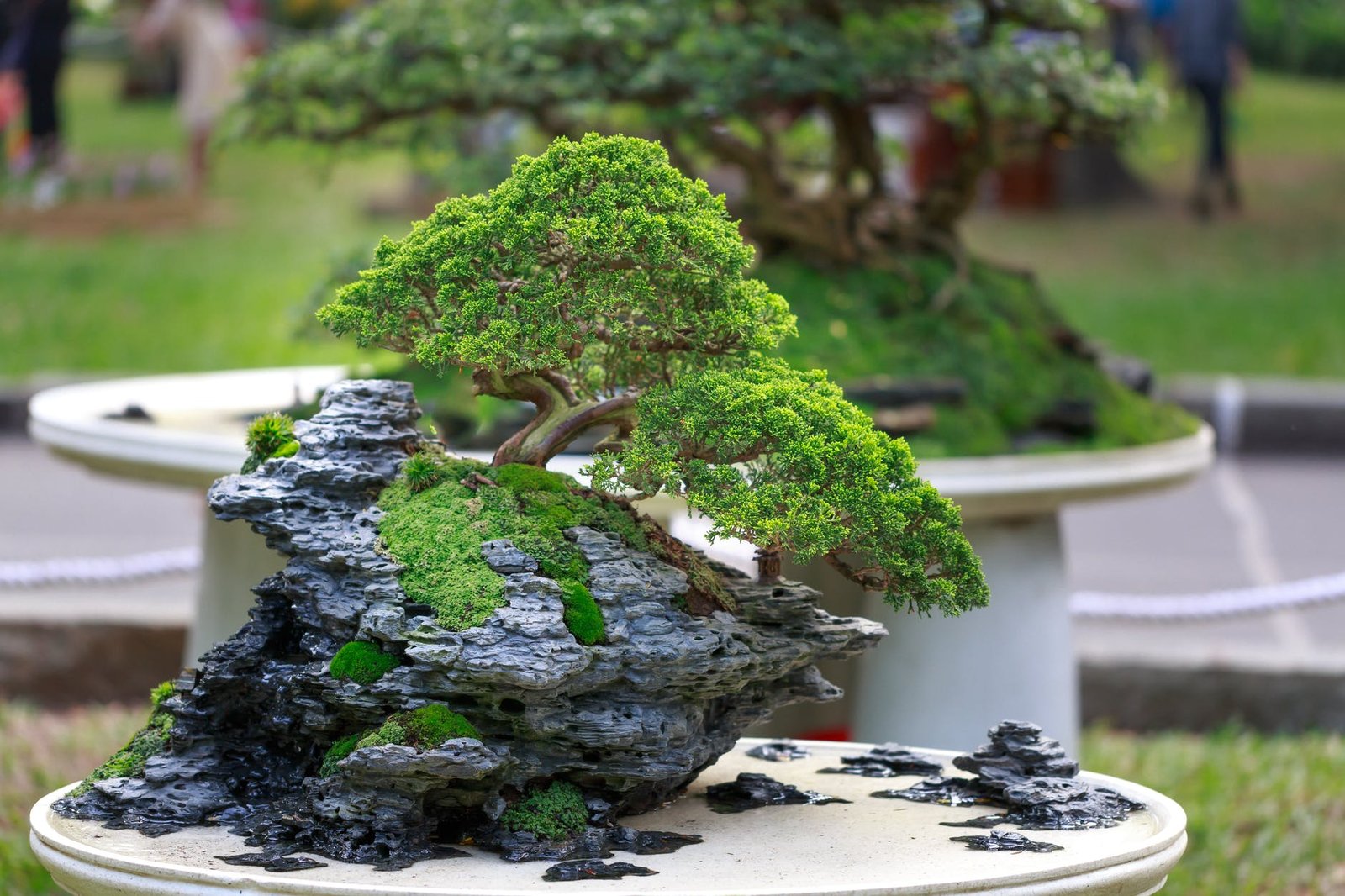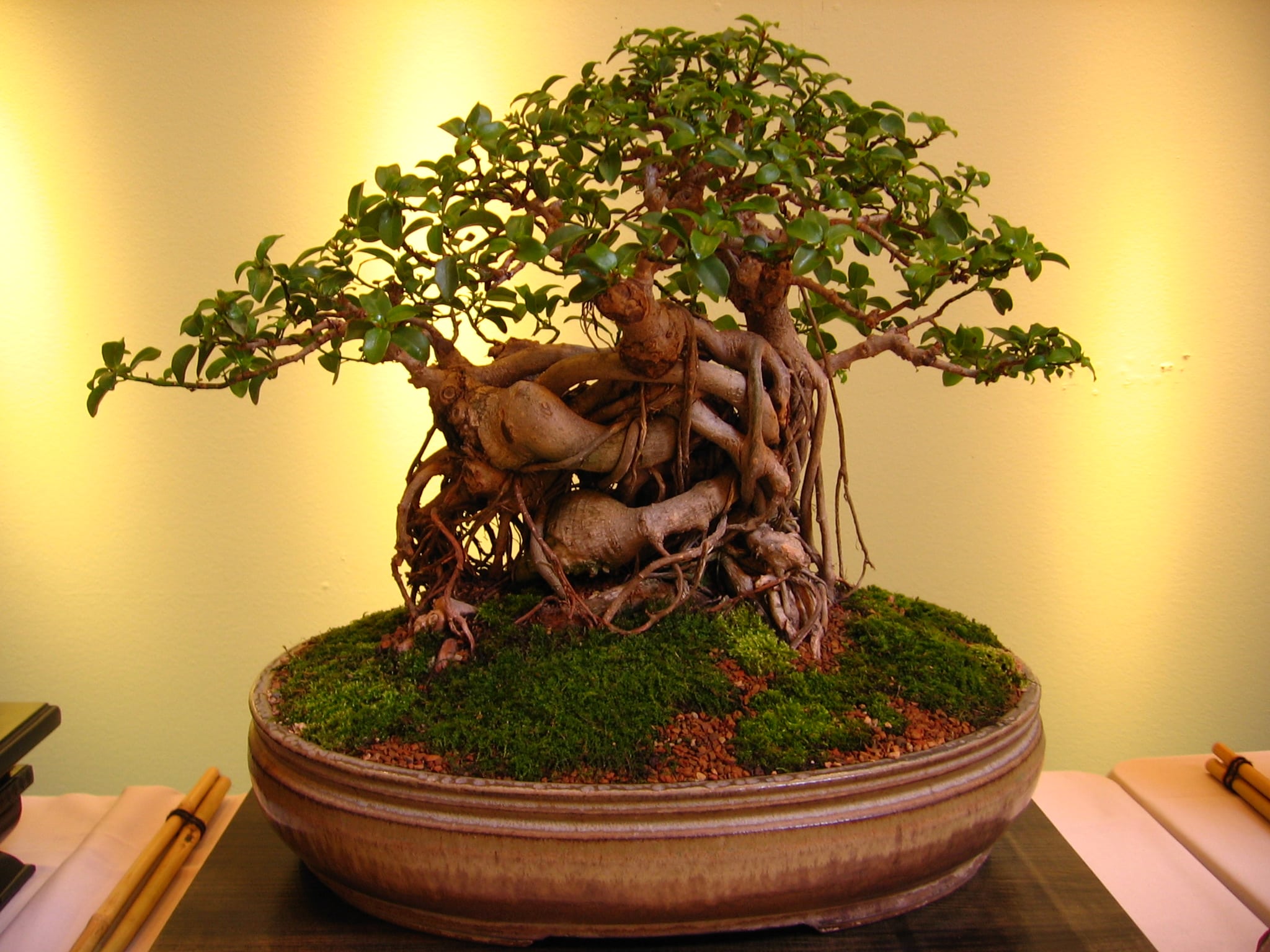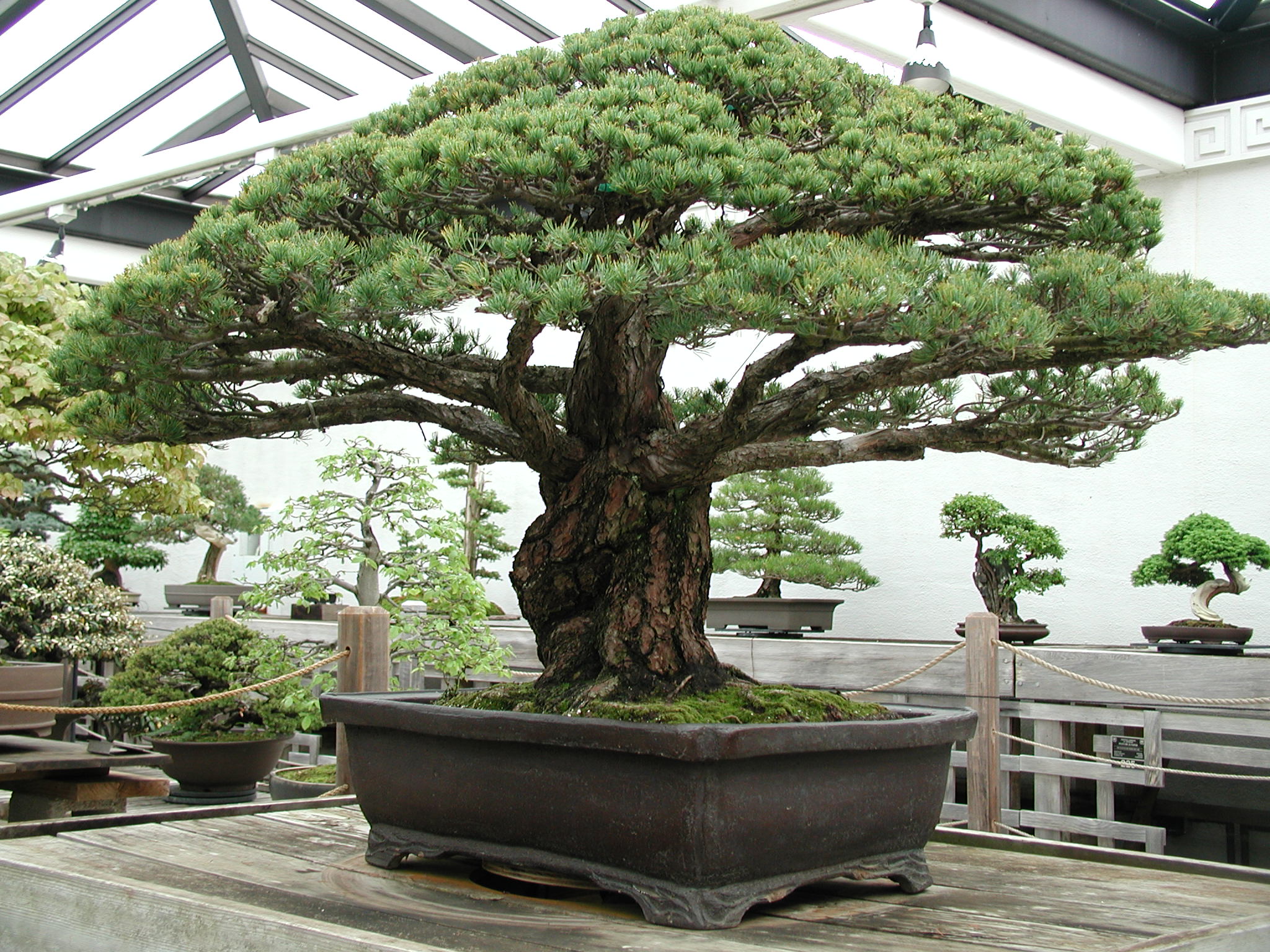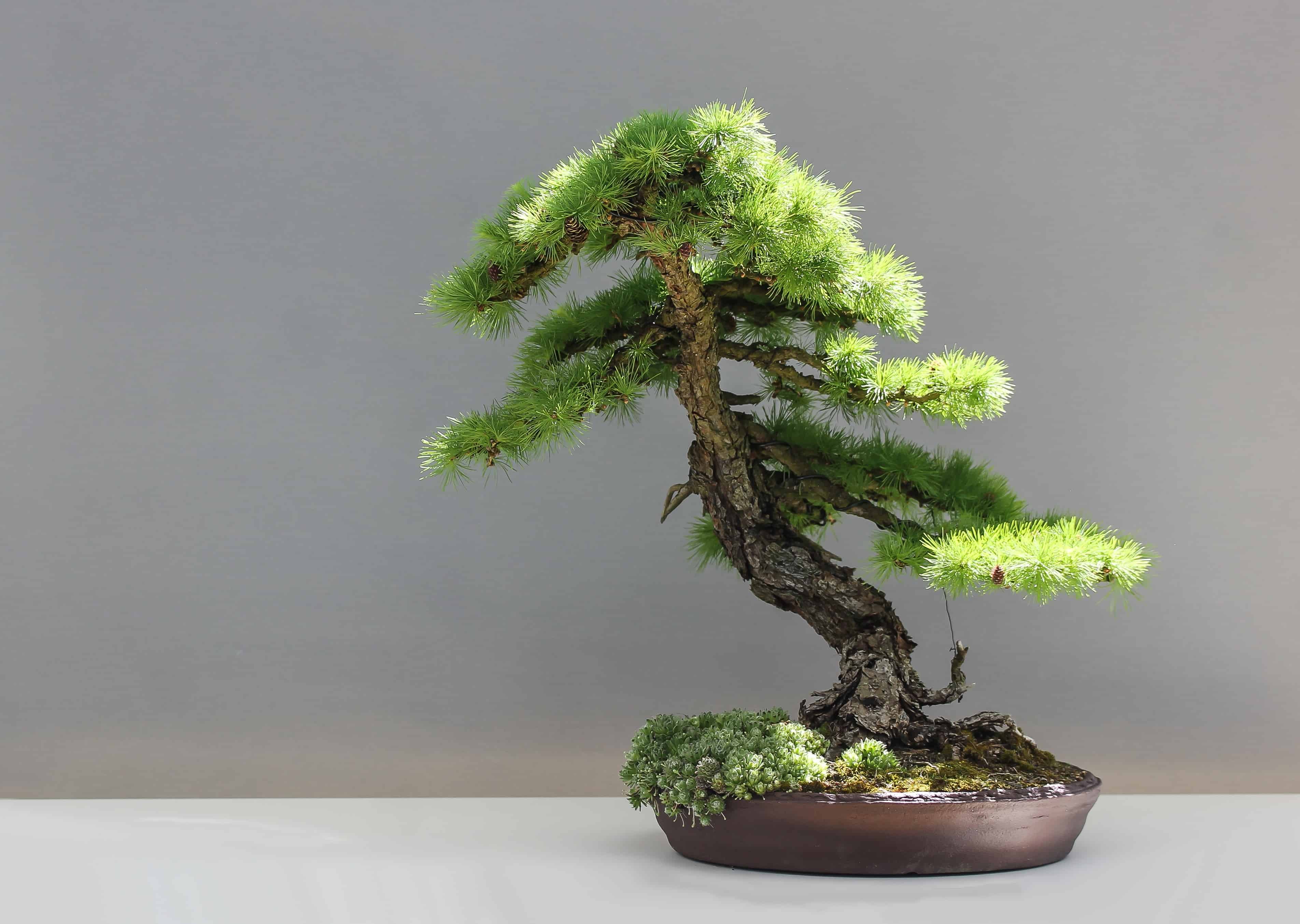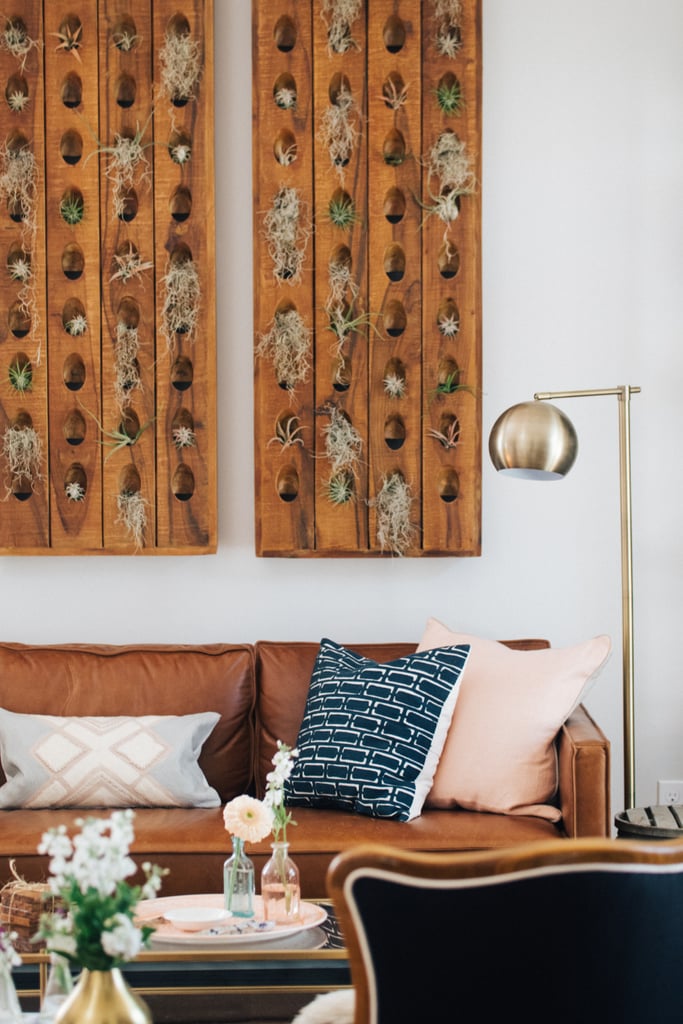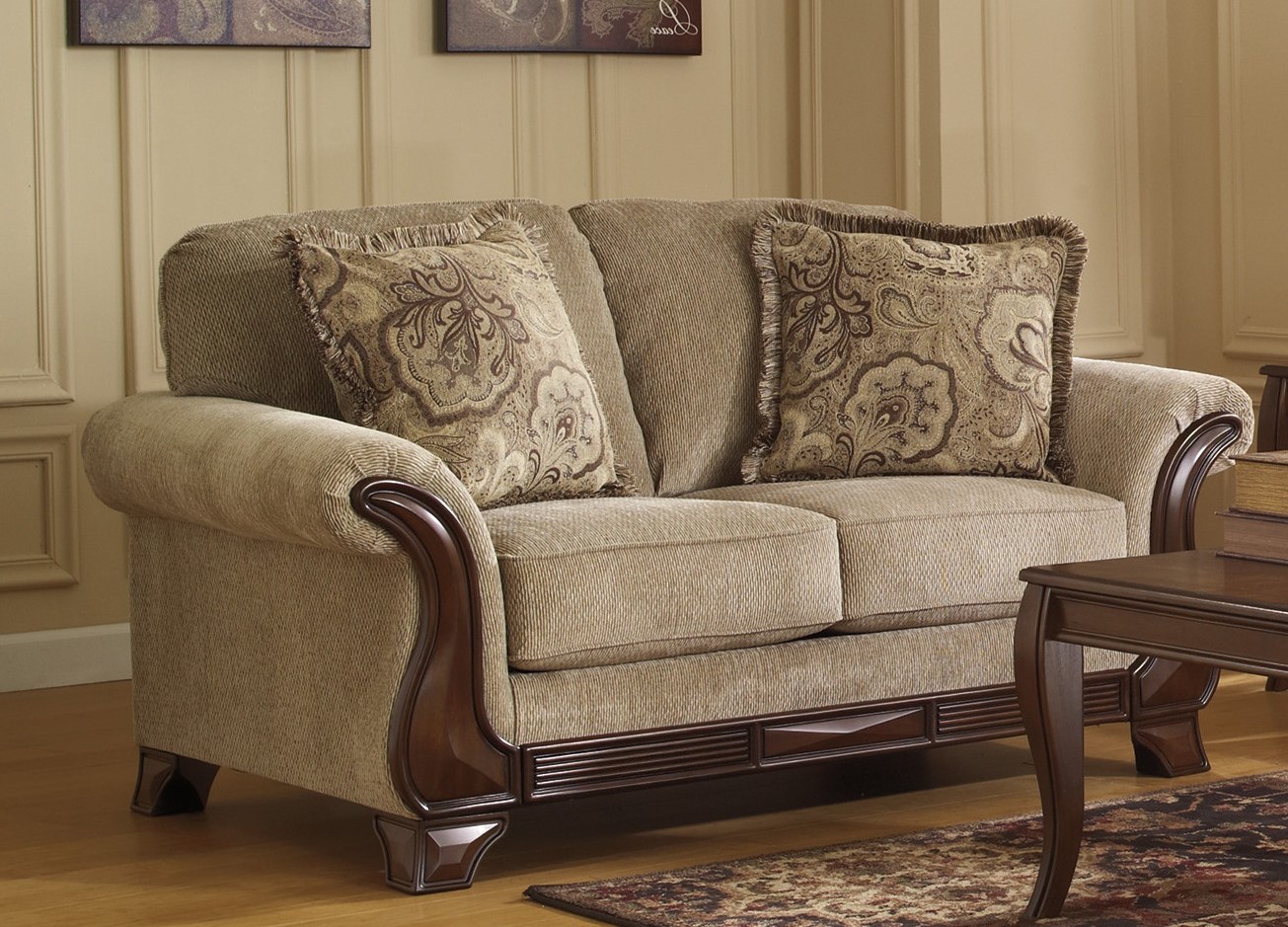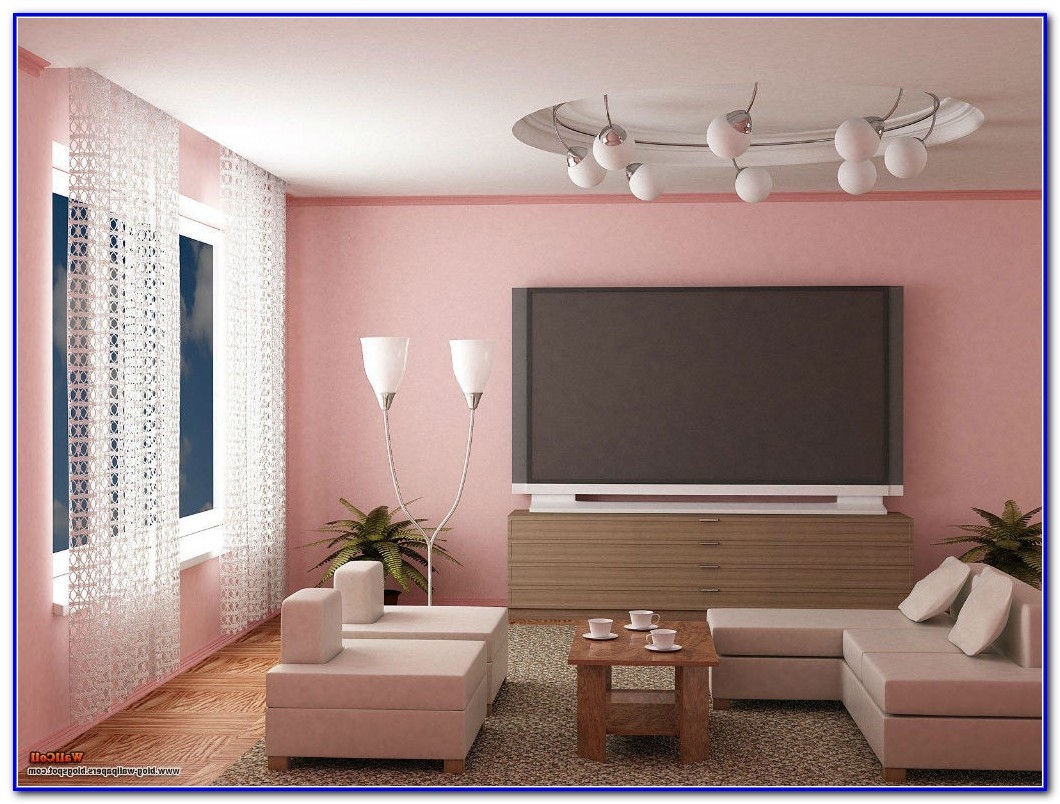The Japanese aesthetic is all about simplicity and natural beauty. When it comes to creating a Japanese room, there are many elements that can help achieve this serene and minimalist look. Here are the top 10 Japanese room aesthetic ideas to bring a touch of Japan into your home.Japanese Room Aesthetic Ideas
The key to achieving a Japanese room aesthetic is to keep the decor minimal and functional. This means getting rid of clutter and unnecessary items. Stick to a neutral color palette of whites, greys, and earthy tones. Incorporate natural materials such as wood and bamboo for a more authentic Japanese feel.Japanese Room Decor
In Japanese culture, less is more. Embrace the concept of minimalism in your room by only including essential items and keeping the space clean and uncluttered. This will not only create a peaceful atmosphere but also allow you to appreciate the beauty of each element in the room.Minimalist Japanese Room
Tatami mats are traditional Japanese flooring made from rice straw and covered with woven rush straw. They are soft and comfortable to walk on and add a touch of authenticity to a Japanese room. These mats also have a natural scent that can help create a calming atmosphere.Tatami Mat Flooring
Zen gardens, also known as Japanese rock gardens, are a popular element in Japanese aesthetics. These gardens are made up of carefully arranged rocks, sand, and gravel, creating a peaceful and meditative space. You can incorporate a small zen garden into your room for a touch of tranquility.Zen Garden
Shoji screens are traditional Japanese sliding doors made from rice paper and wood frames. These screens allow natural light to filter through, creating a soft and warm ambiance in a room. They are also a great way to divide a larger space into smaller areas.Shoji Screens
A futon is a traditional Japanese bed that is low to the ground and can be easily folded and stored away during the day. It consists of a cotton-filled mattress placed on a wooden frame. This type of bed not only adds to the Japanese aesthetic but also promotes good posture and better sleep.Futon Bed
Lighting is an essential element in Japanese room aesthetics. Instead of harsh overhead lights, opt for soft and warm lighting with paper lanterns. These lanterns can be hung from the ceiling or placed on a bedside table, adding a cozy and inviting feel to the room.Paper Lanterns
Bonsai trees are miniature versions of larger trees and are a significant element in Japanese culture. These trees require careful pruning and shaping, symbolizing patience and mindfulness. Adding a bonsai tree to your room can bring a touch of nature and tranquility.Bonsai Tree
Incorporating natural materials such as wood, bamboo, and stone into your room can help create a more authentic Japanese aesthetic. These materials not only add to the minimalist design but also promote a connection to nature, which is an essential aspect of Japanese culture.Natural Materials
The Tranquil and Minimalistic Beauty of Japanese Room Aesthetic
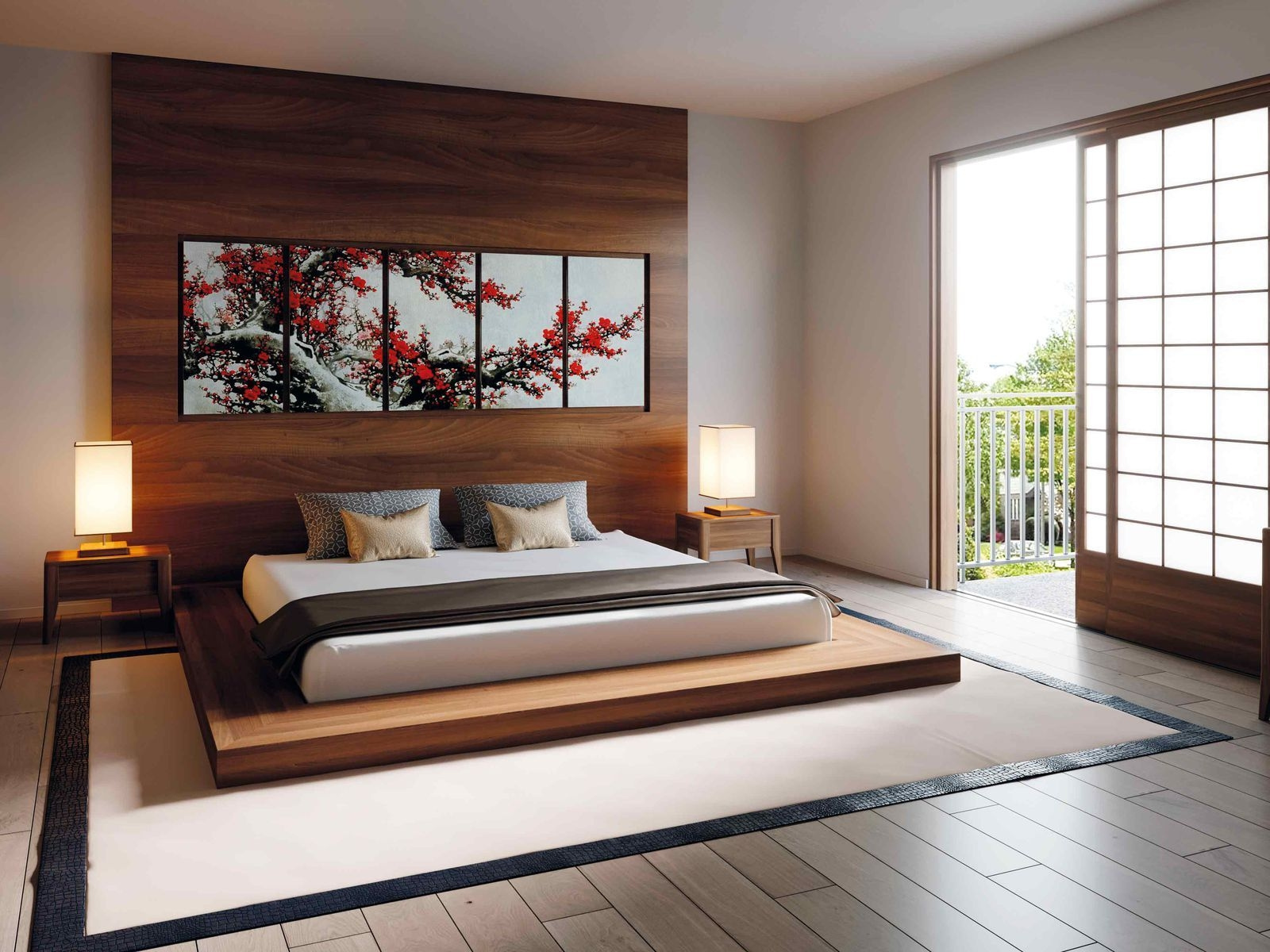
Embracing Simplicity and Nature
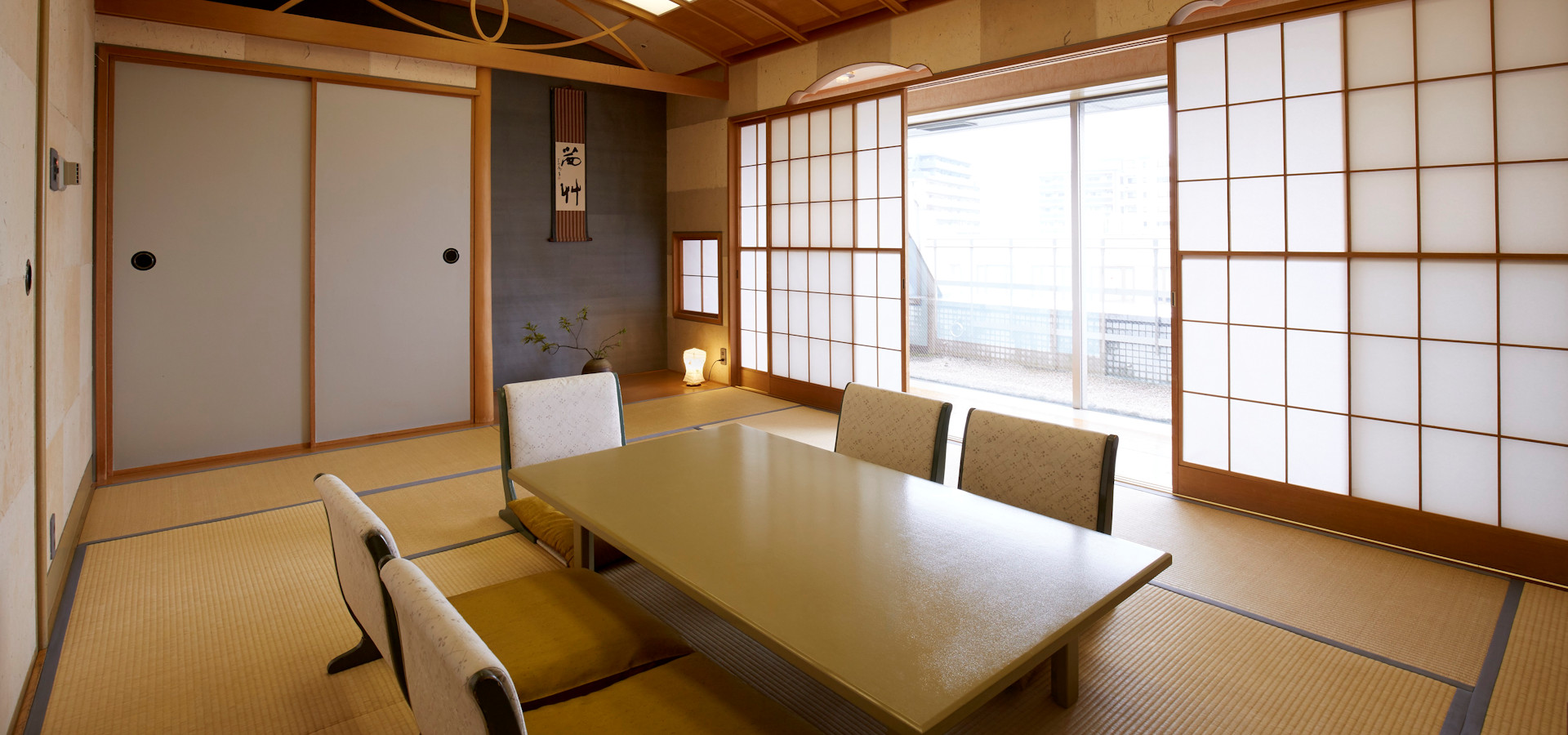 The Japanese room aesthetic is a design concept that has gained popularity worldwide for its unique blend of simplicity, tranquility, and natural elements. This aesthetic is deeply rooted in the traditional Japanese culture and philosophy, and it reflects the Japanese way of life and thinking.
At the core of the Japanese room aesthetic is the concept of
wabi-sabi
, which celebrates the beauty of imperfection and impermanence. This concept is reflected in the minimalistic design of Japanese rooms, where every element is carefully chosen and intentionally placed to create a sense of balance and harmony.
The Japanese room aesthetic is a design concept that has gained popularity worldwide for its unique blend of simplicity, tranquility, and natural elements. This aesthetic is deeply rooted in the traditional Japanese culture and philosophy, and it reflects the Japanese way of life and thinking.
At the core of the Japanese room aesthetic is the concept of
wabi-sabi
, which celebrates the beauty of imperfection and impermanence. This concept is reflected in the minimalistic design of Japanese rooms, where every element is carefully chosen and intentionally placed to create a sense of balance and harmony.
Elements of Japanese Room Aesthetic
 One of the key elements of Japanese room aesthetic is the use of natural materials such as wood, bamboo, and paper. These materials not only add a touch of warmth and texture to the room but also connect it with nature.
Another important aspect is the use of
feng shui
, the Chinese practice of harmonizing the energy flow in a space. In Japanese room design, this is achieved through the placement of furniture and objects in a way that promotes a sense of tranquility and balance.
One of the key elements of Japanese room aesthetic is the use of natural materials such as wood, bamboo, and paper. These materials not only add a touch of warmth and texture to the room but also connect it with nature.
Another important aspect is the use of
feng shui
, the Chinese practice of harmonizing the energy flow in a space. In Japanese room design, this is achieved through the placement of furniture and objects in a way that promotes a sense of tranquility and balance.
The Influence of Zen Buddhism
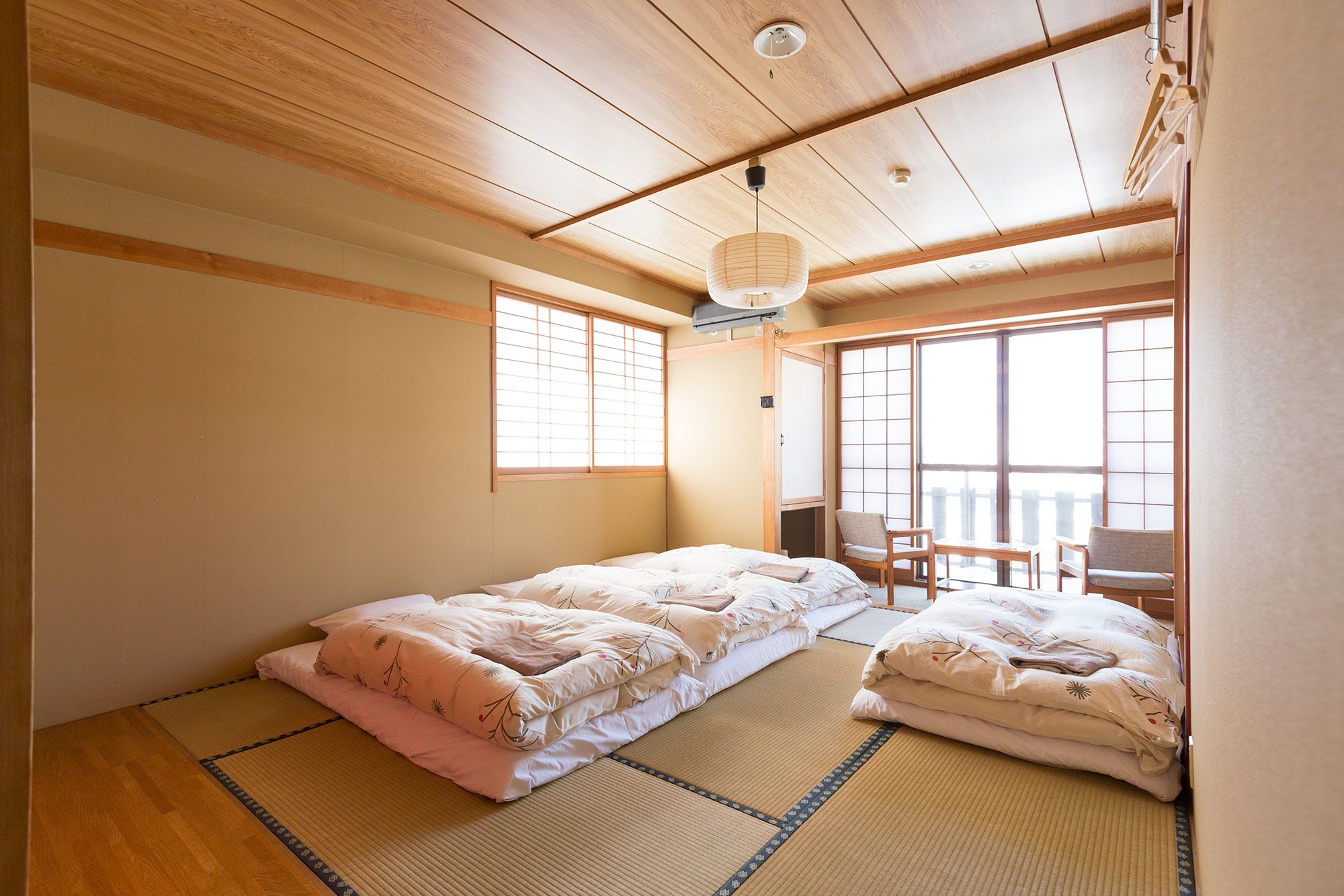 Zen Buddhism has also played a significant role in shaping the Japanese room aesthetic. The practice of meditation and mindfulness is deeply ingrained in Japanese culture, and this is reflected in the design of their rooms. The use of soft lighting, neutral colors, and natural elements creates a serene and peaceful atmosphere, perfect for meditation and relaxation.
Zen Buddhism has also played a significant role in shaping the Japanese room aesthetic. The practice of meditation and mindfulness is deeply ingrained in Japanese culture, and this is reflected in the design of their rooms. The use of soft lighting, neutral colors, and natural elements creates a serene and peaceful atmosphere, perfect for meditation and relaxation.
Modern Interpretations
 While the traditional Japanese room aesthetic is still highly sought after, there has been a shift towards more modern interpretations of this design concept. Contemporary Japanese rooms may incorporate elements of Western design, but they still maintain the principles of simplicity, balance, and harmony.
In conclusion, the Japanese room aesthetic is a timeless and elegant design concept that continues to inspire homeowners around the world. Its focus on simplicity, nature, and mindfulness creates a space that not only looks beautiful but also promotes a sense of tranquility and well-being. Whether traditional or modern, incorporating elements of Japanese room aesthetic can bring a touch of serenity to any home.
While the traditional Japanese room aesthetic is still highly sought after, there has been a shift towards more modern interpretations of this design concept. Contemporary Japanese rooms may incorporate elements of Western design, but they still maintain the principles of simplicity, balance, and harmony.
In conclusion, the Japanese room aesthetic is a timeless and elegant design concept that continues to inspire homeowners around the world. Its focus on simplicity, nature, and mindfulness creates a space that not only looks beautiful but also promotes a sense of tranquility and well-being. Whether traditional or modern, incorporating elements of Japanese room aesthetic can bring a touch of serenity to any home.

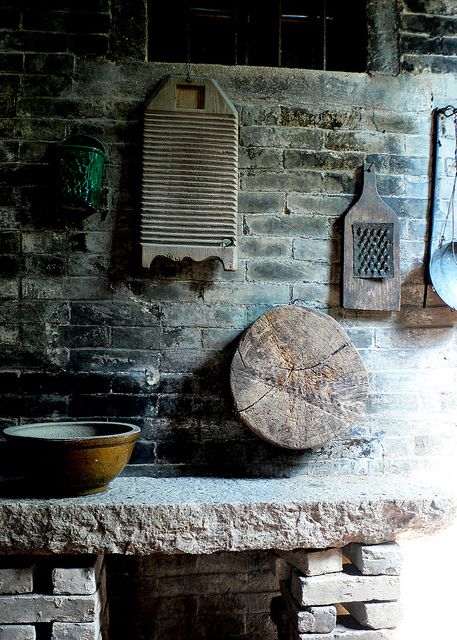




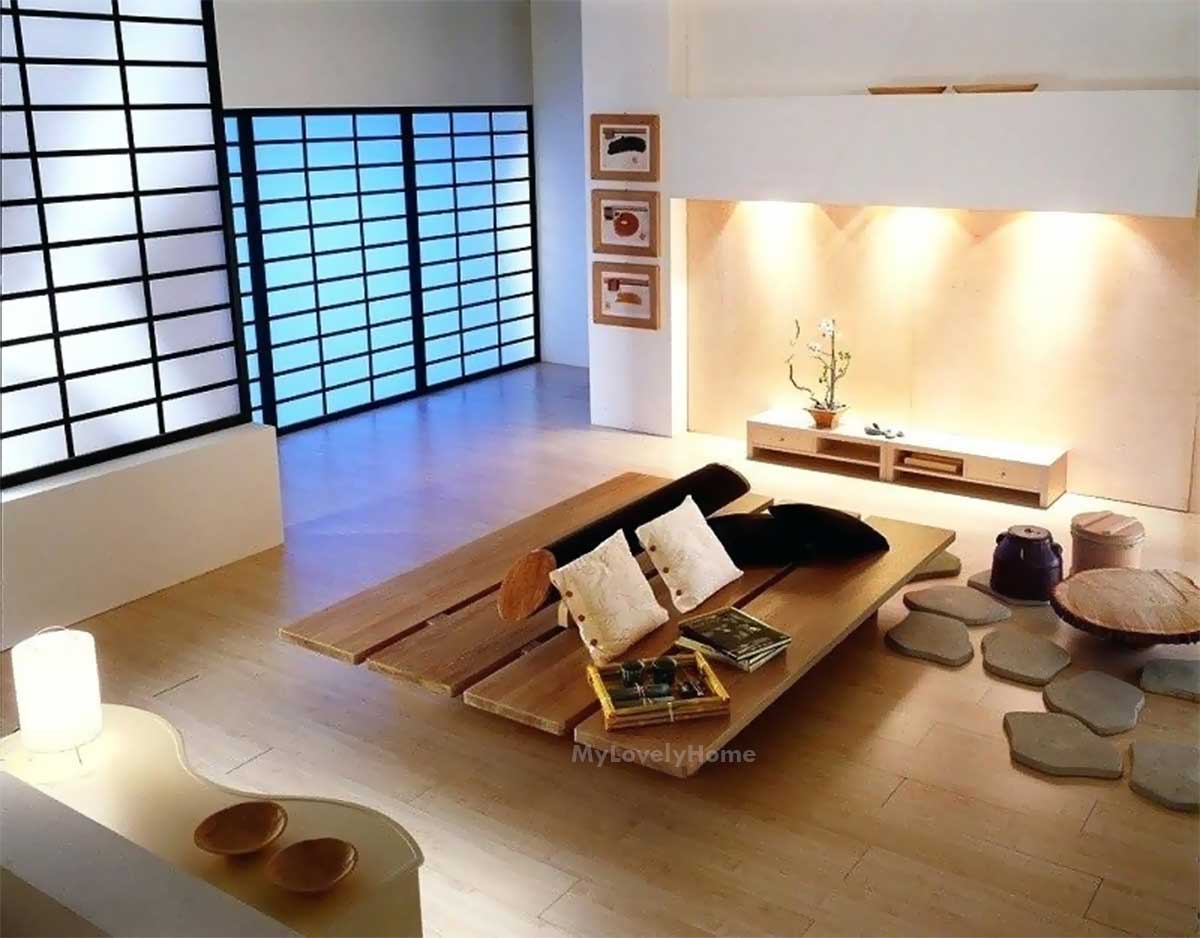
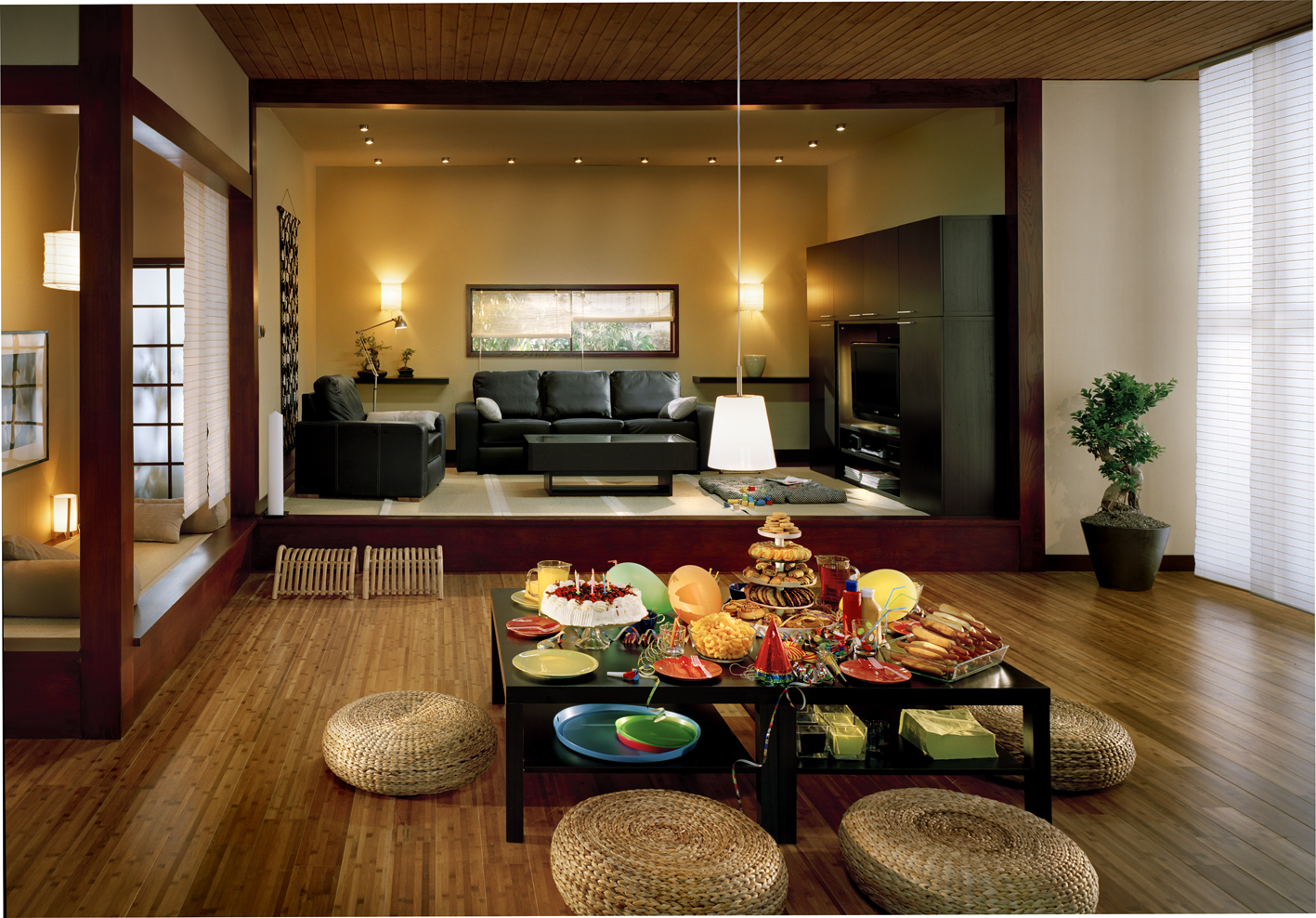
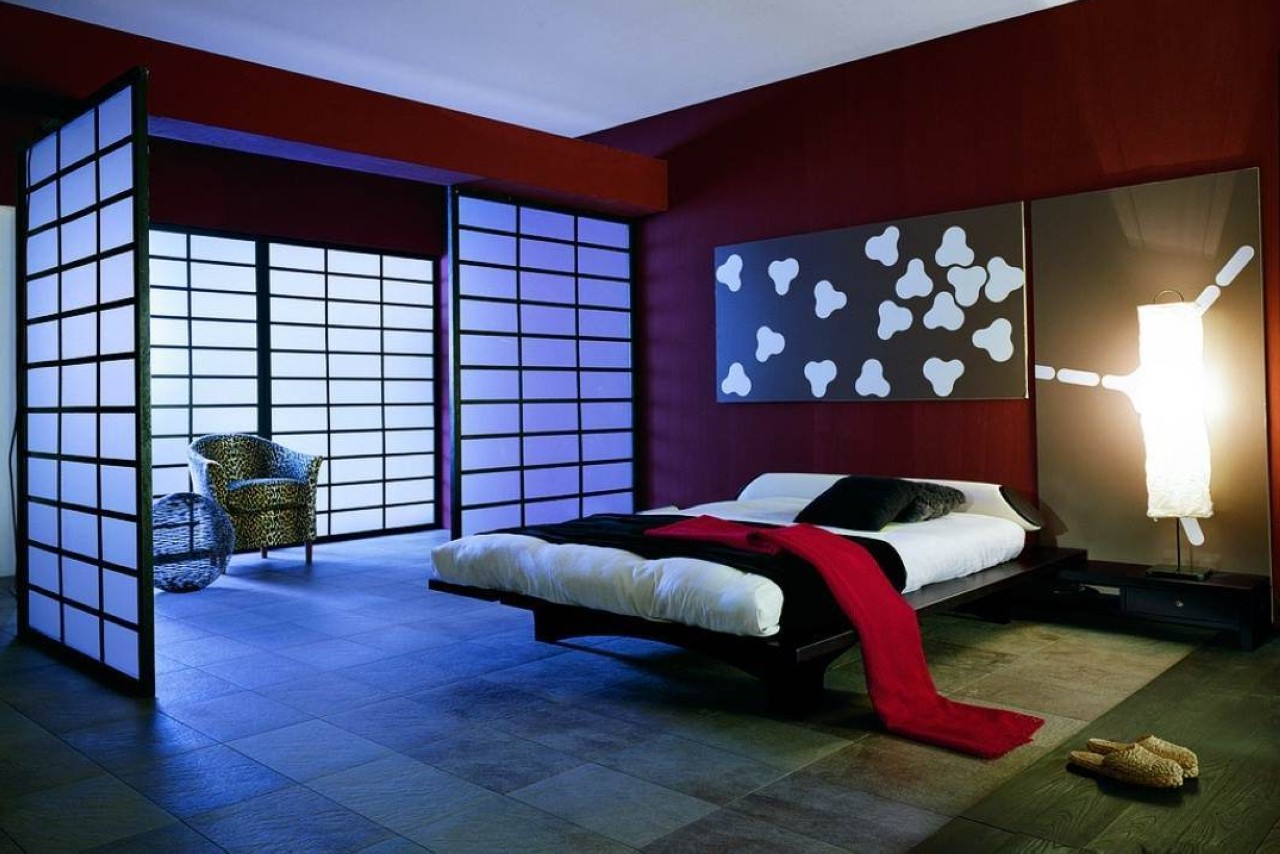







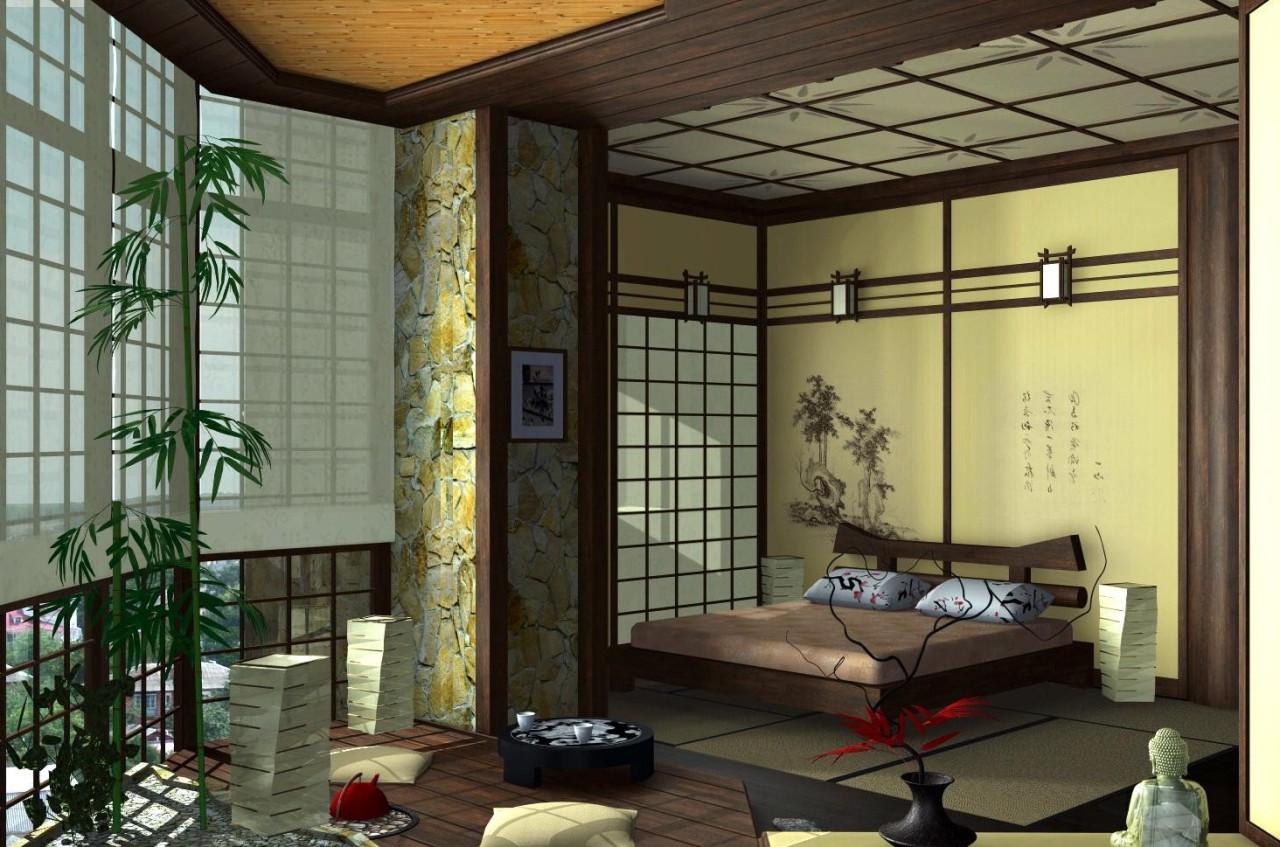




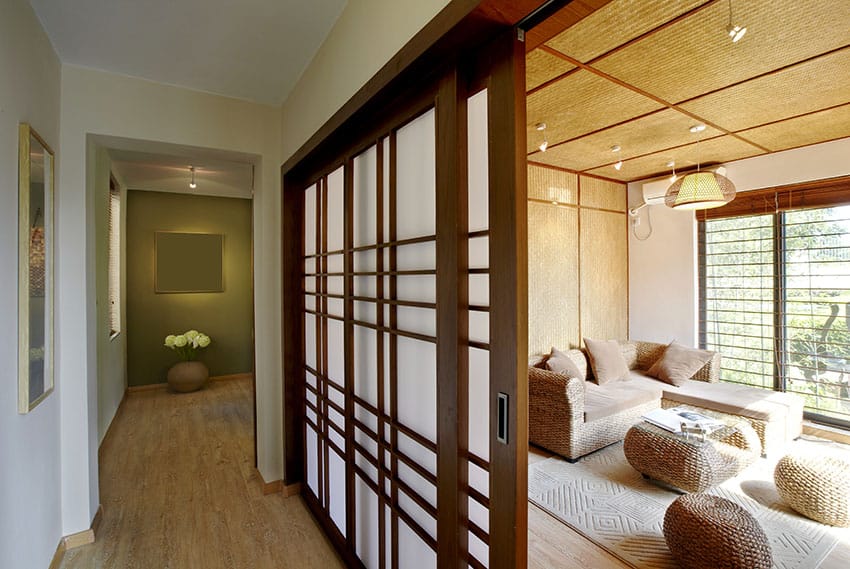


:max_bytes(150000):strip_icc()/GettyImages-1162697484-774d7e66c20649eda0d964ee0176485c.jpg)
